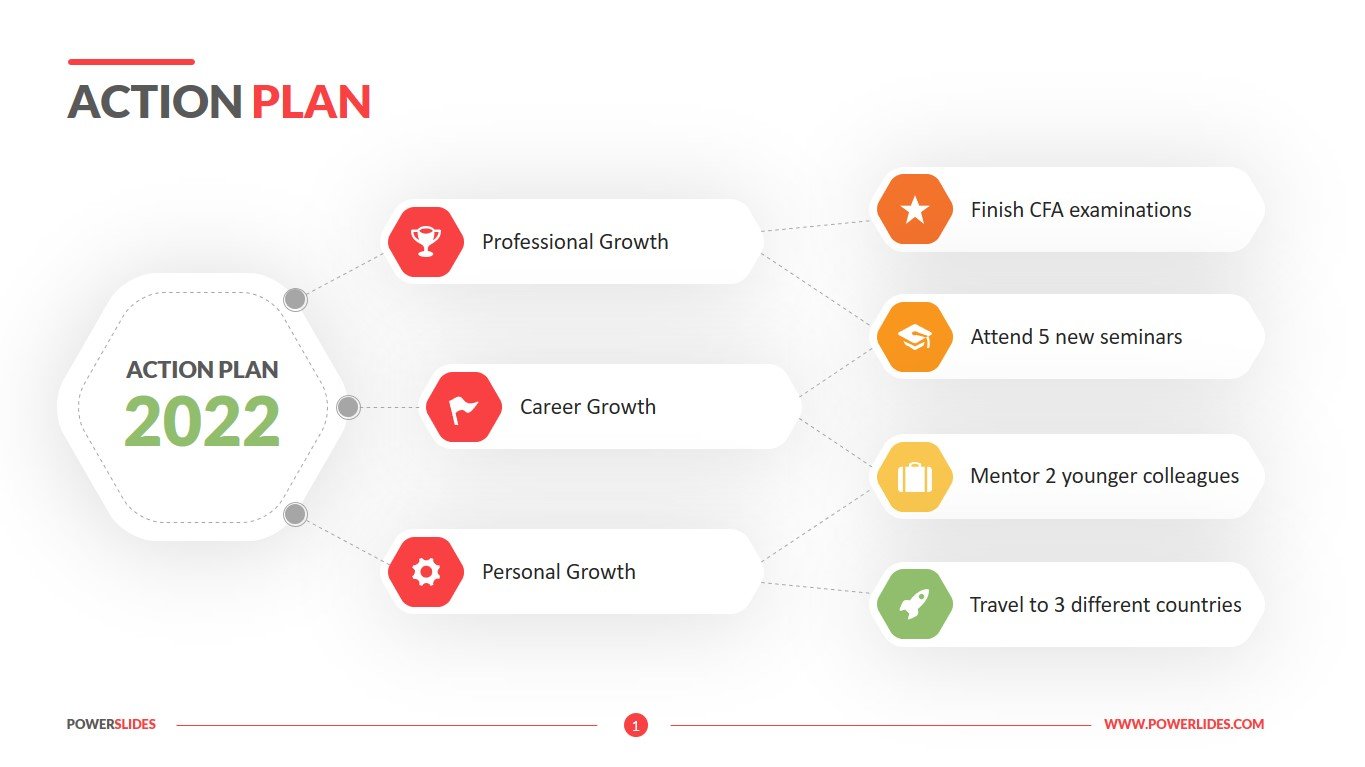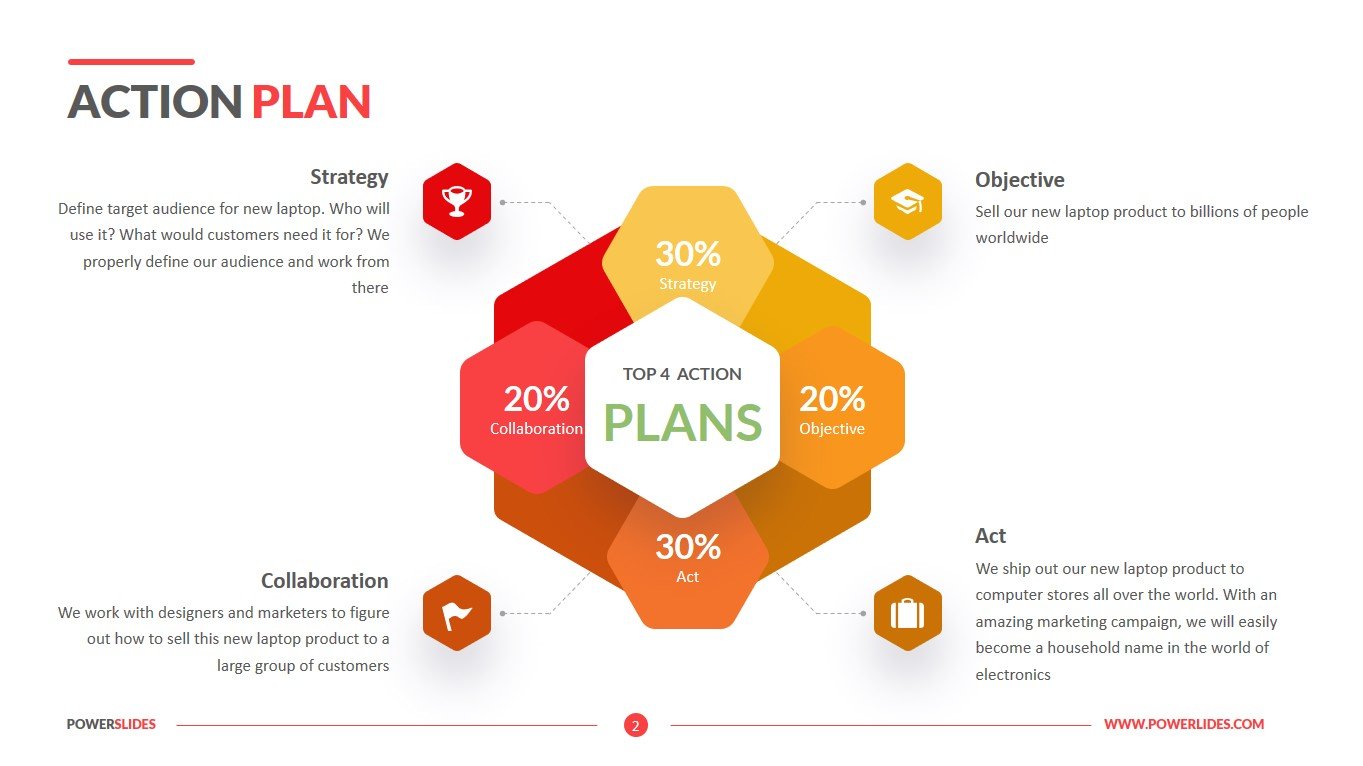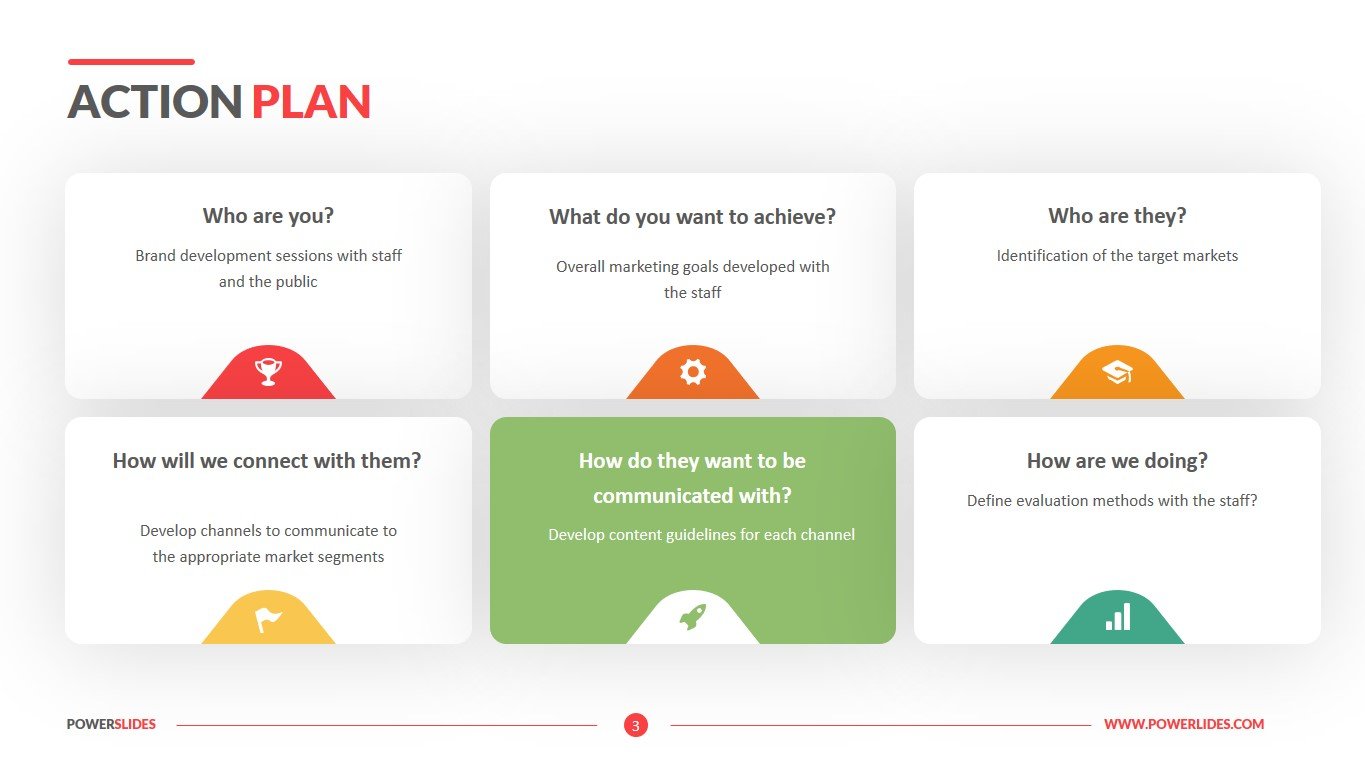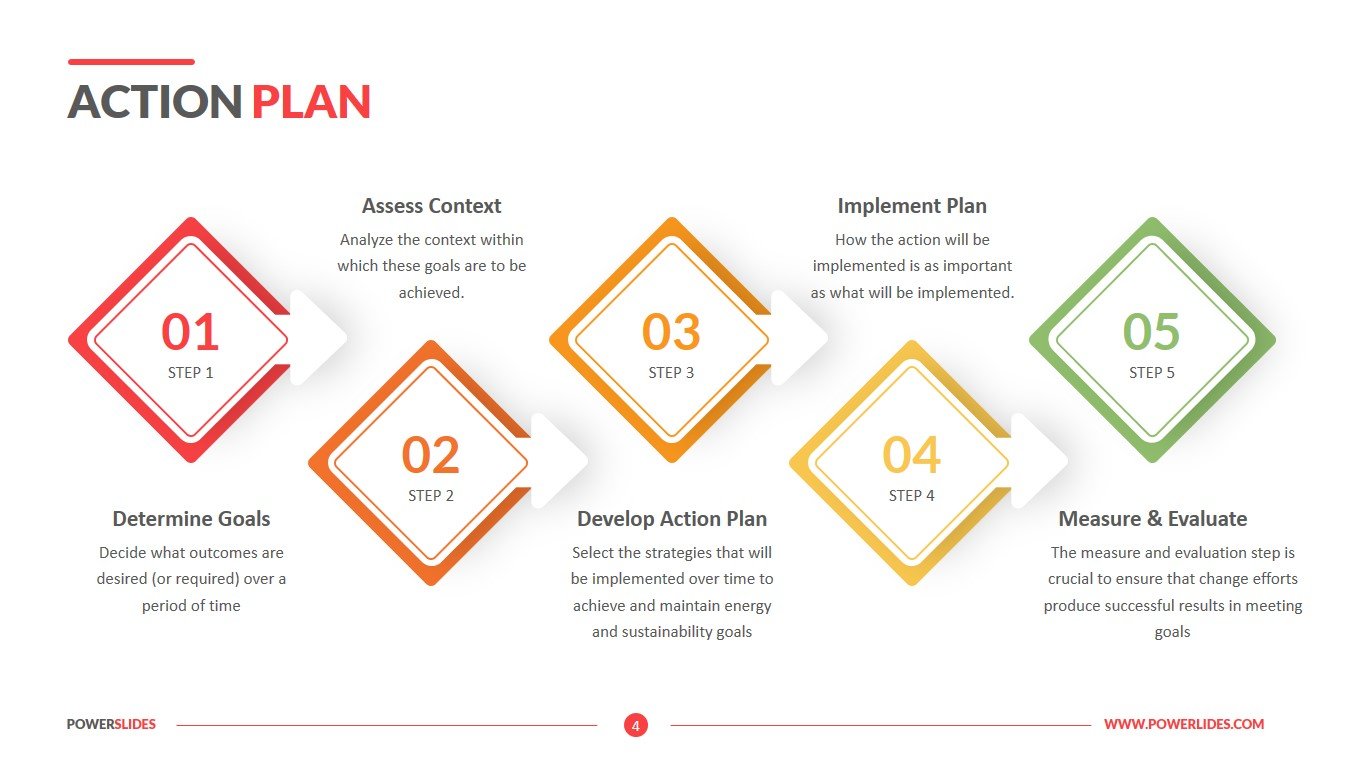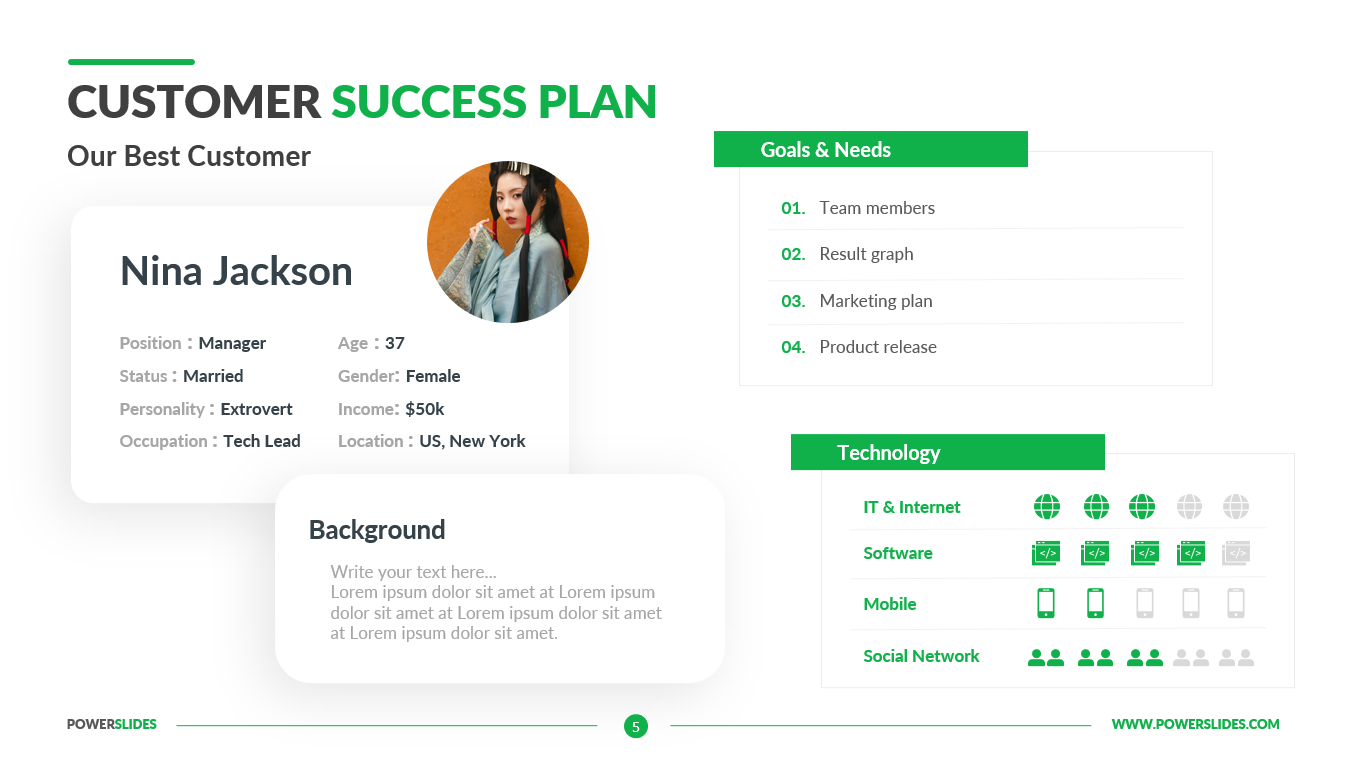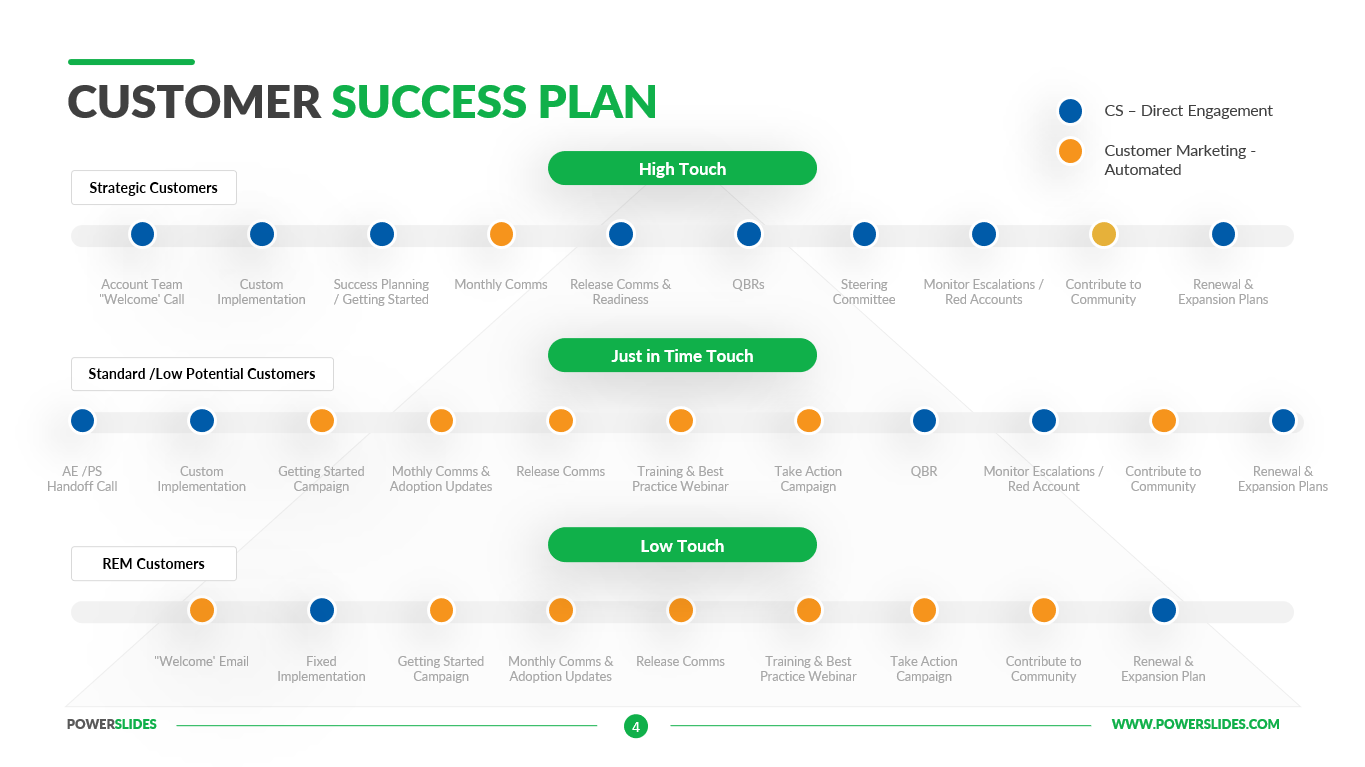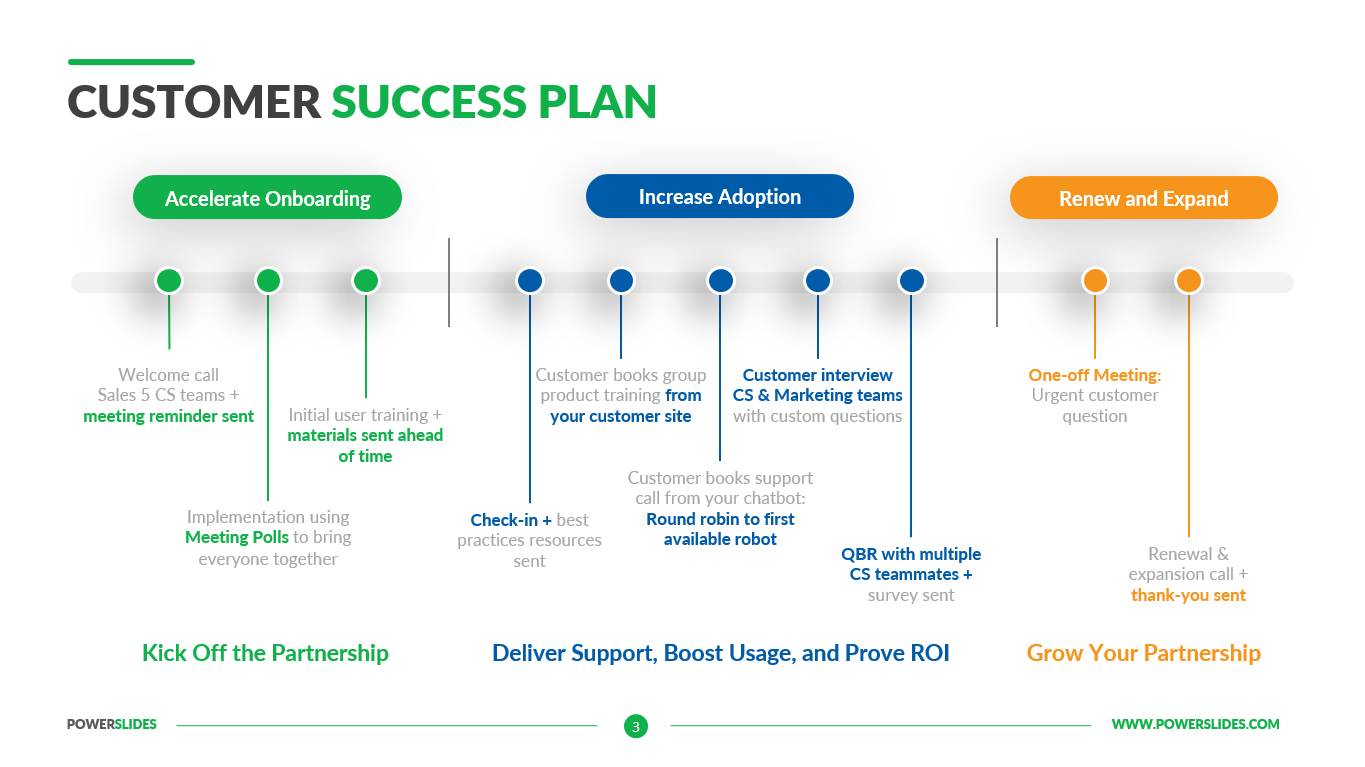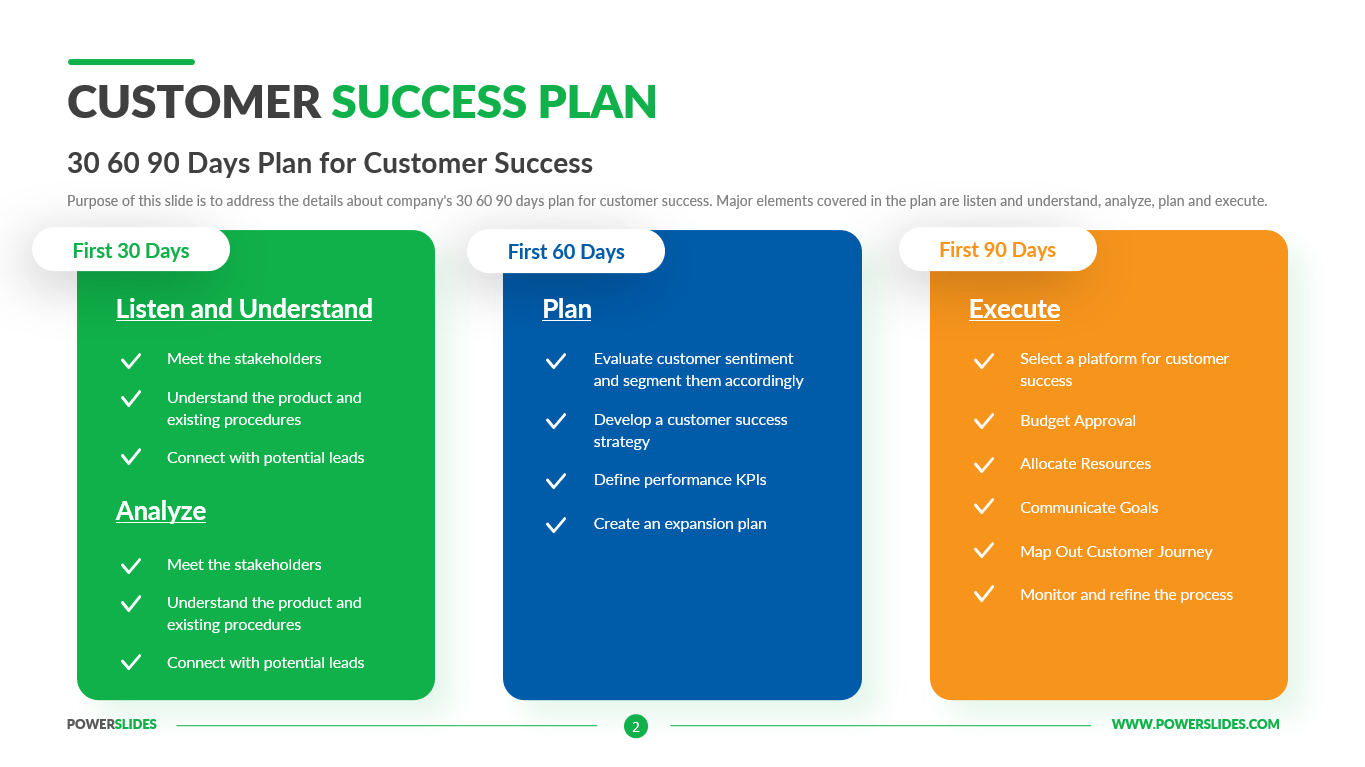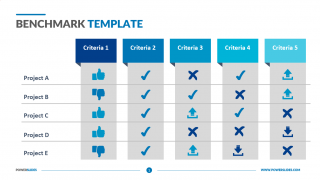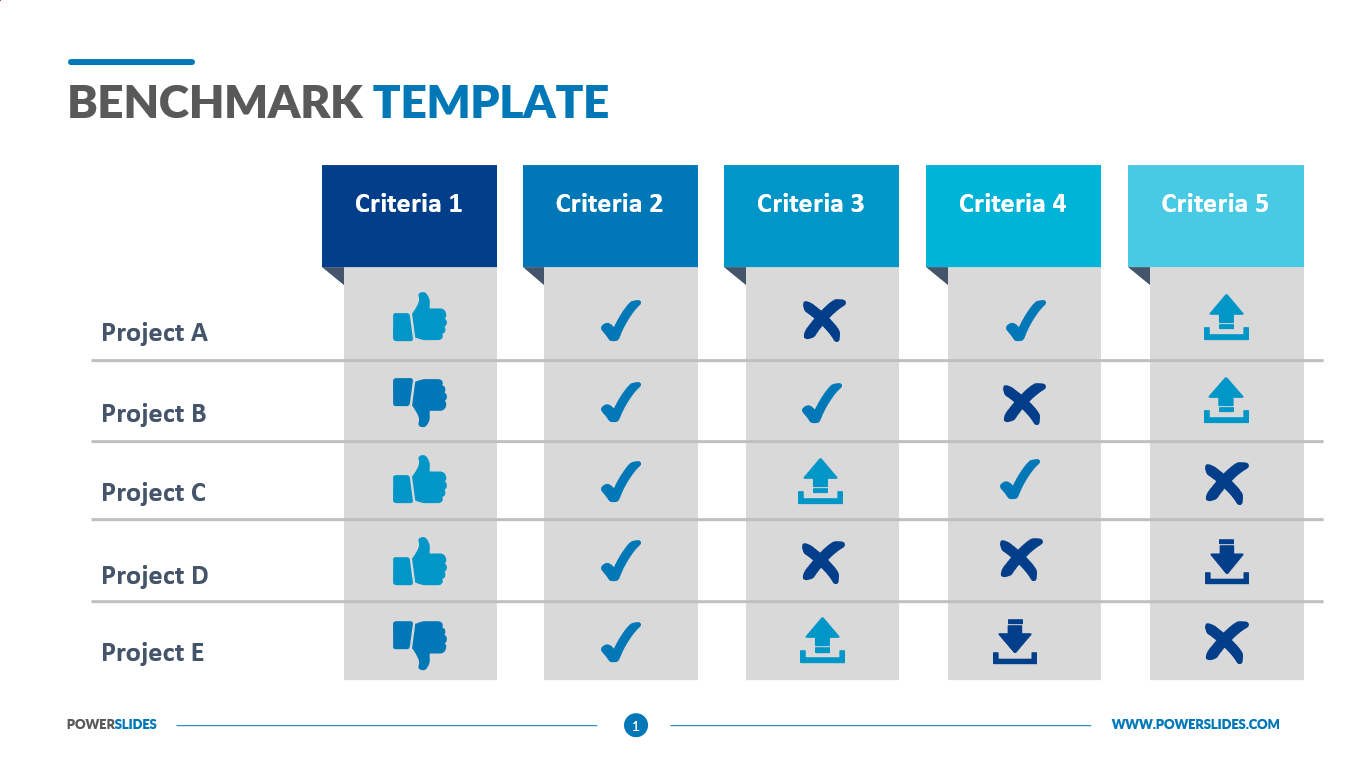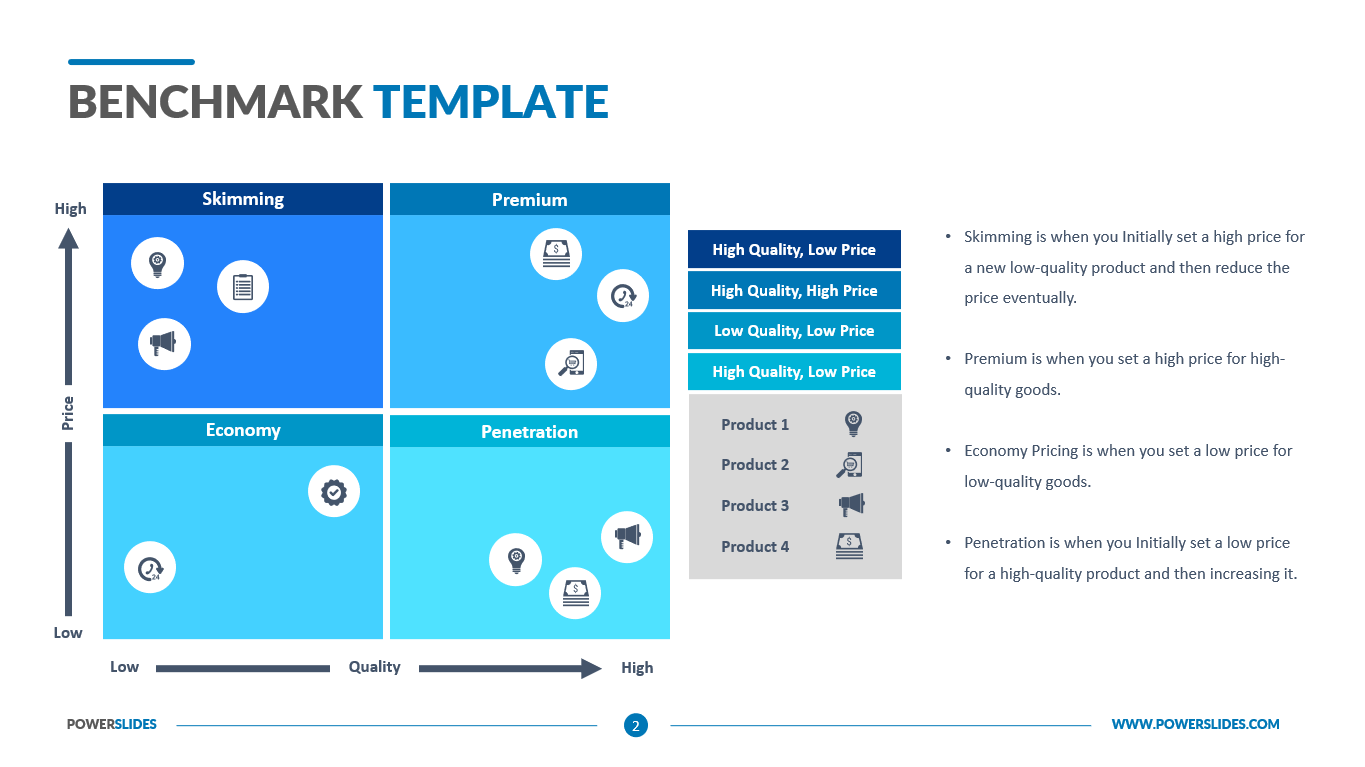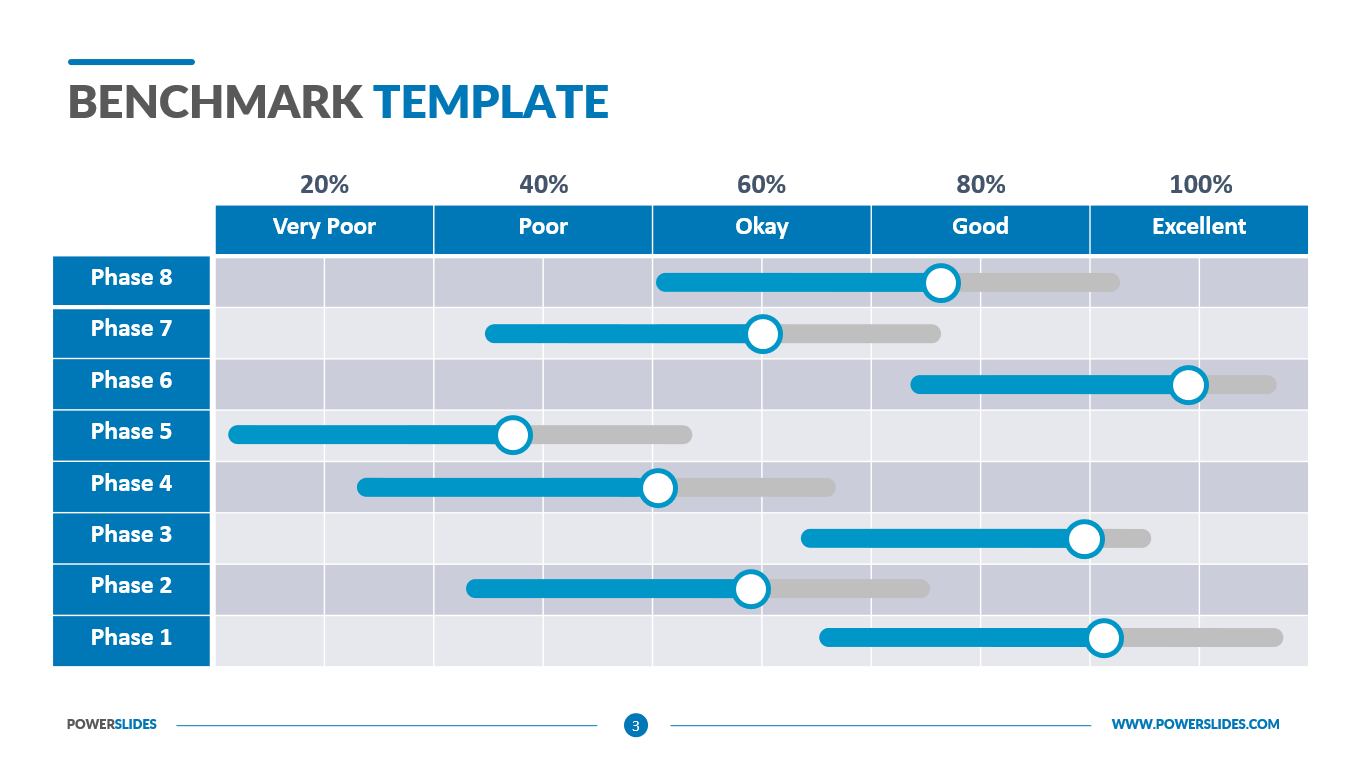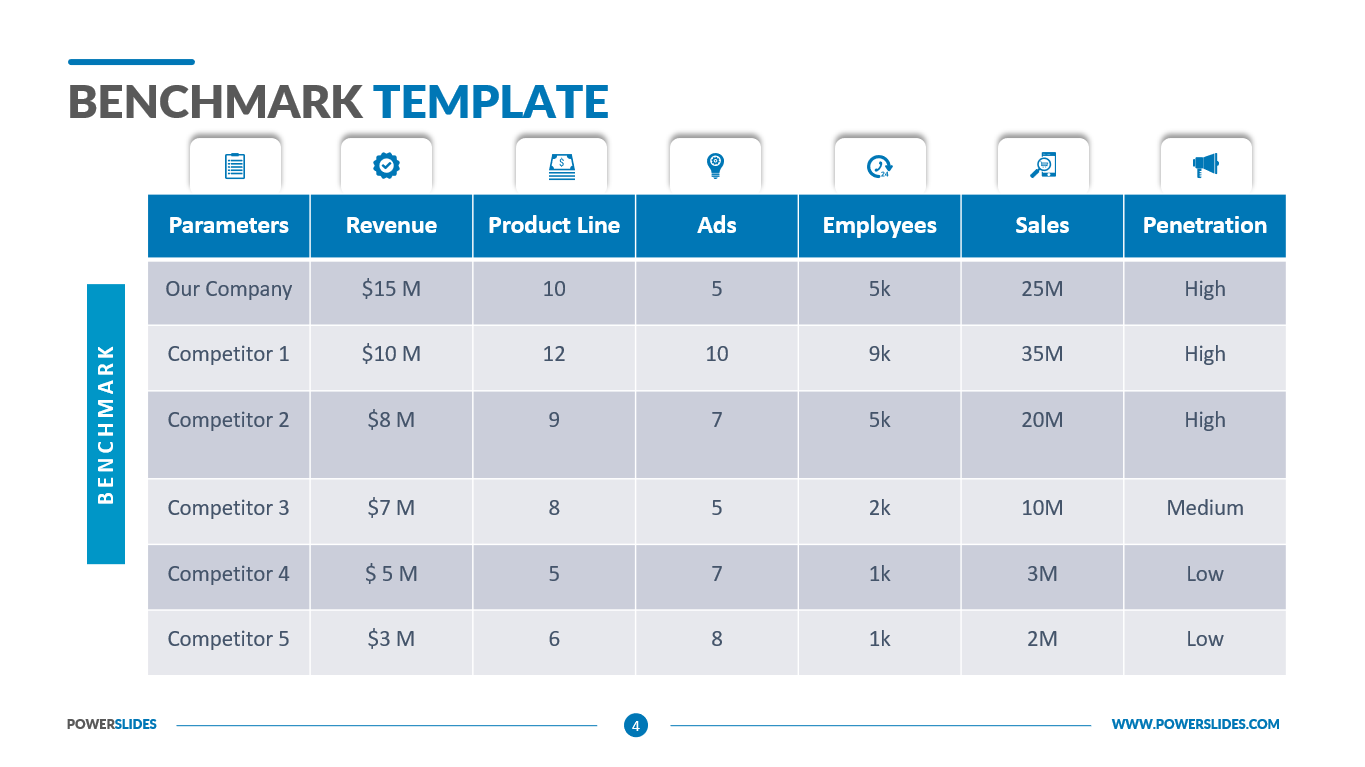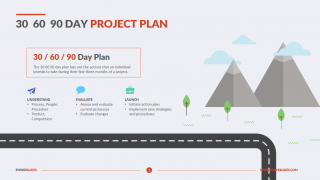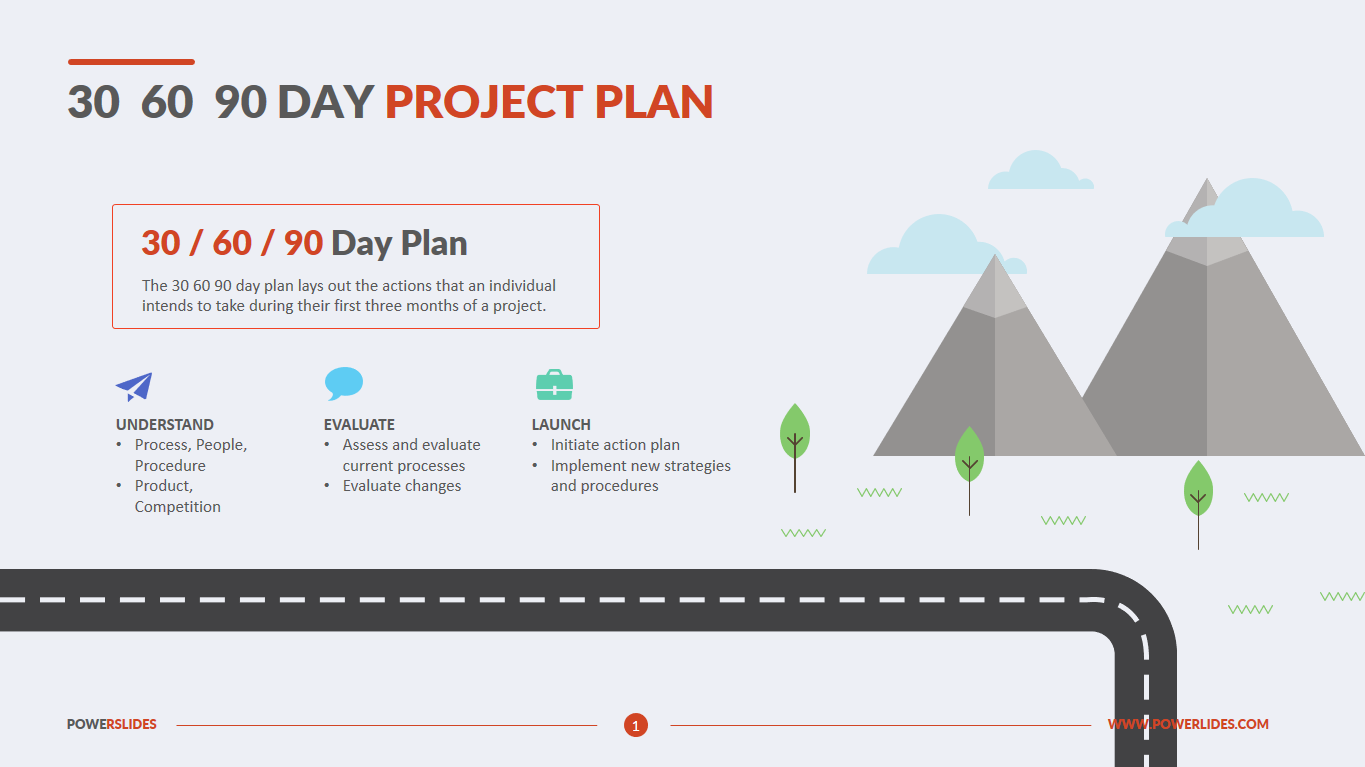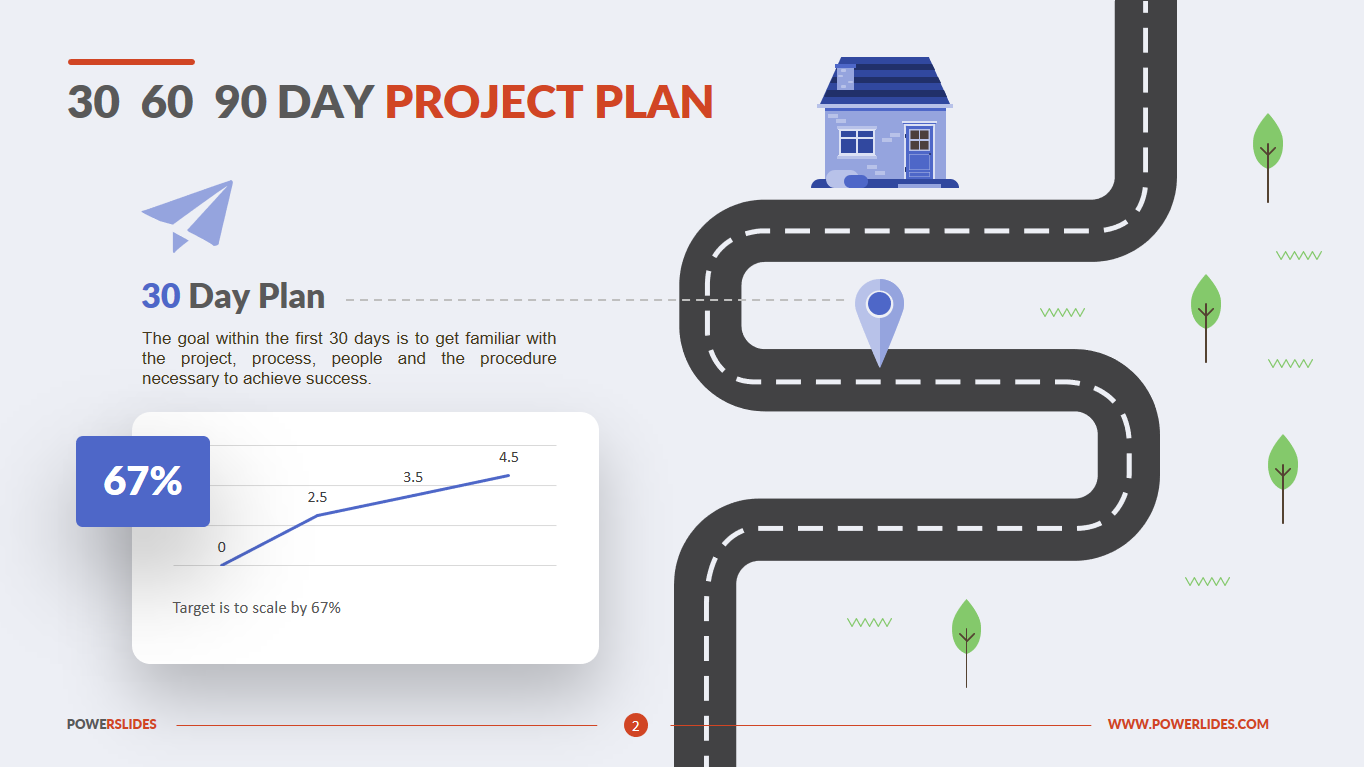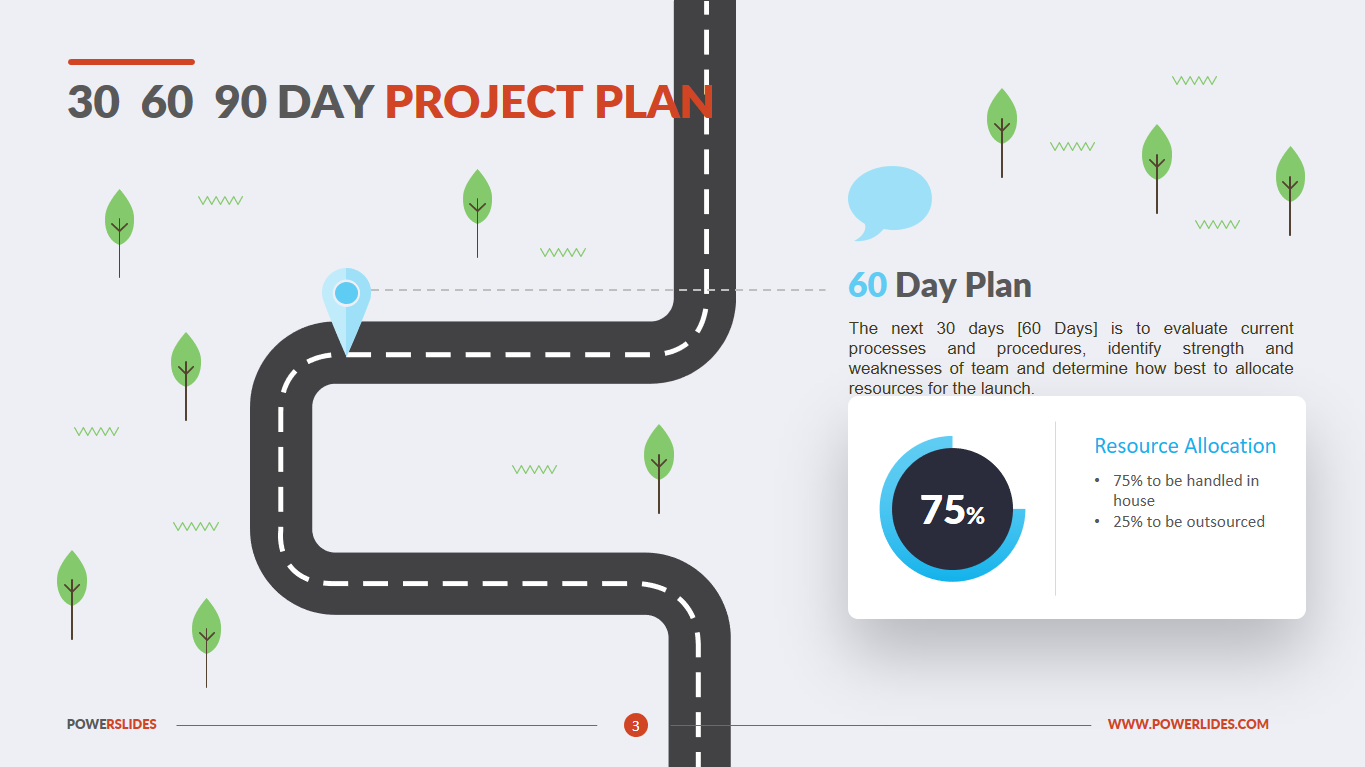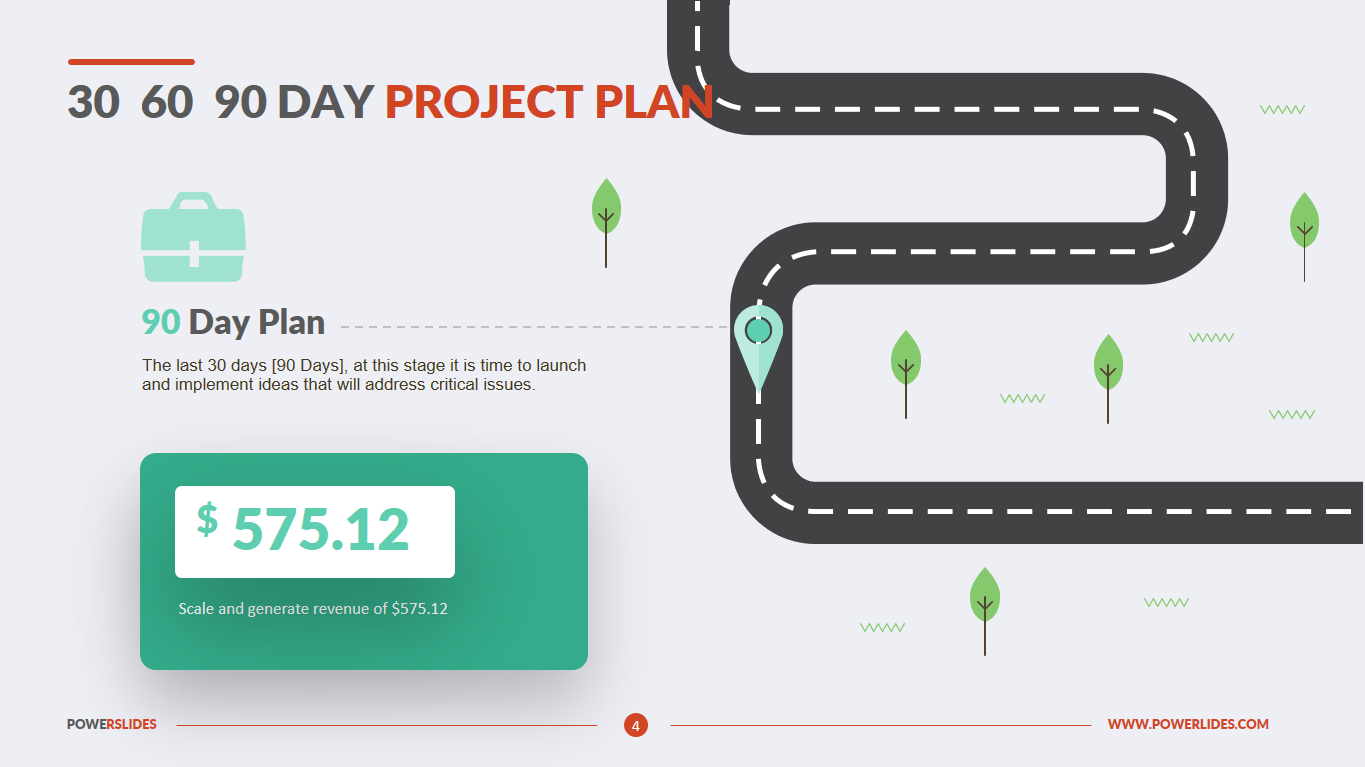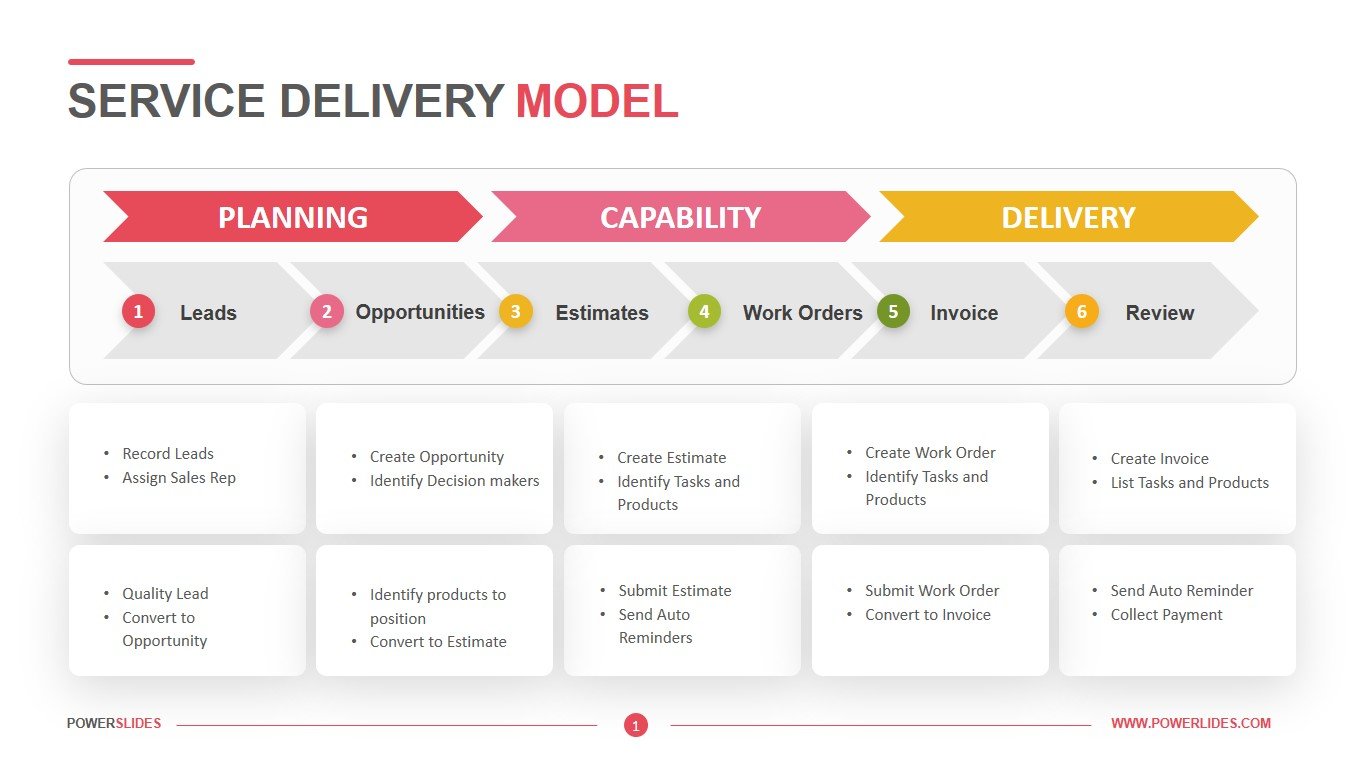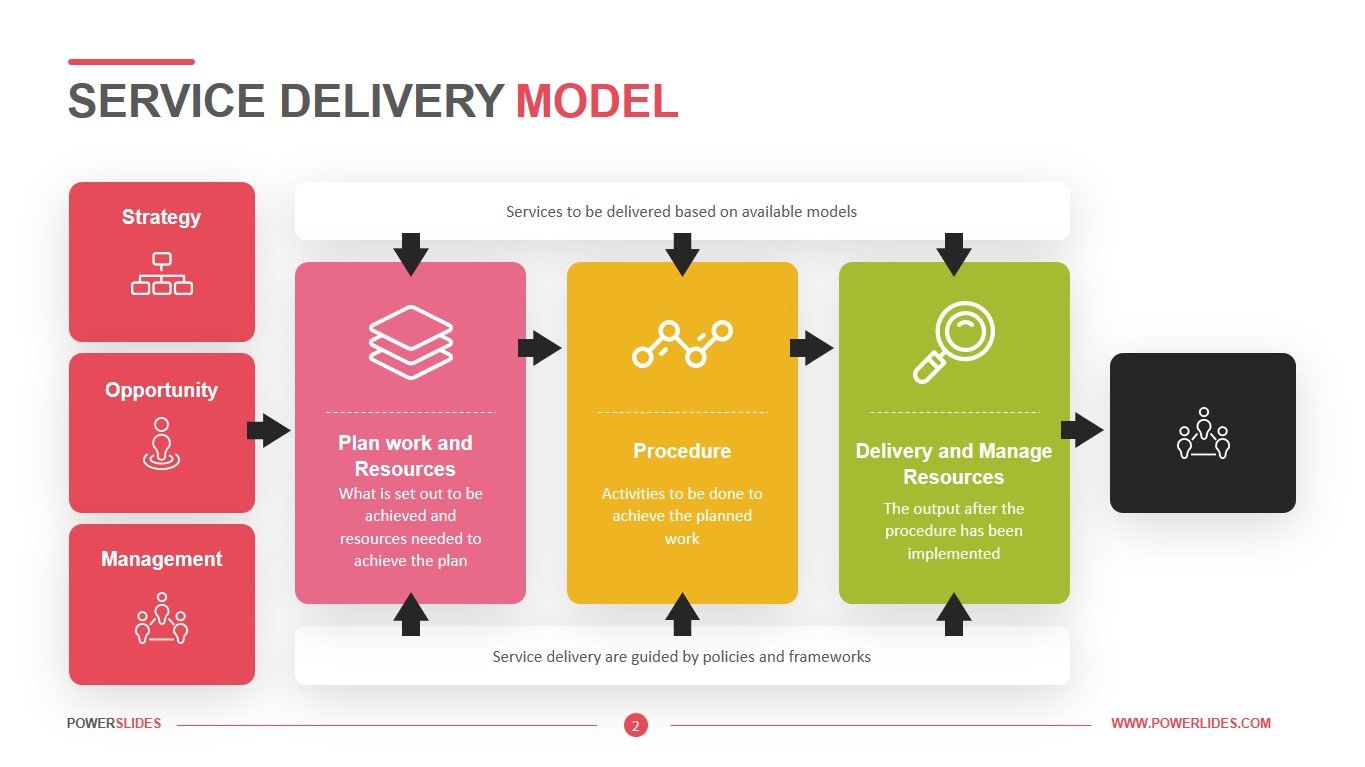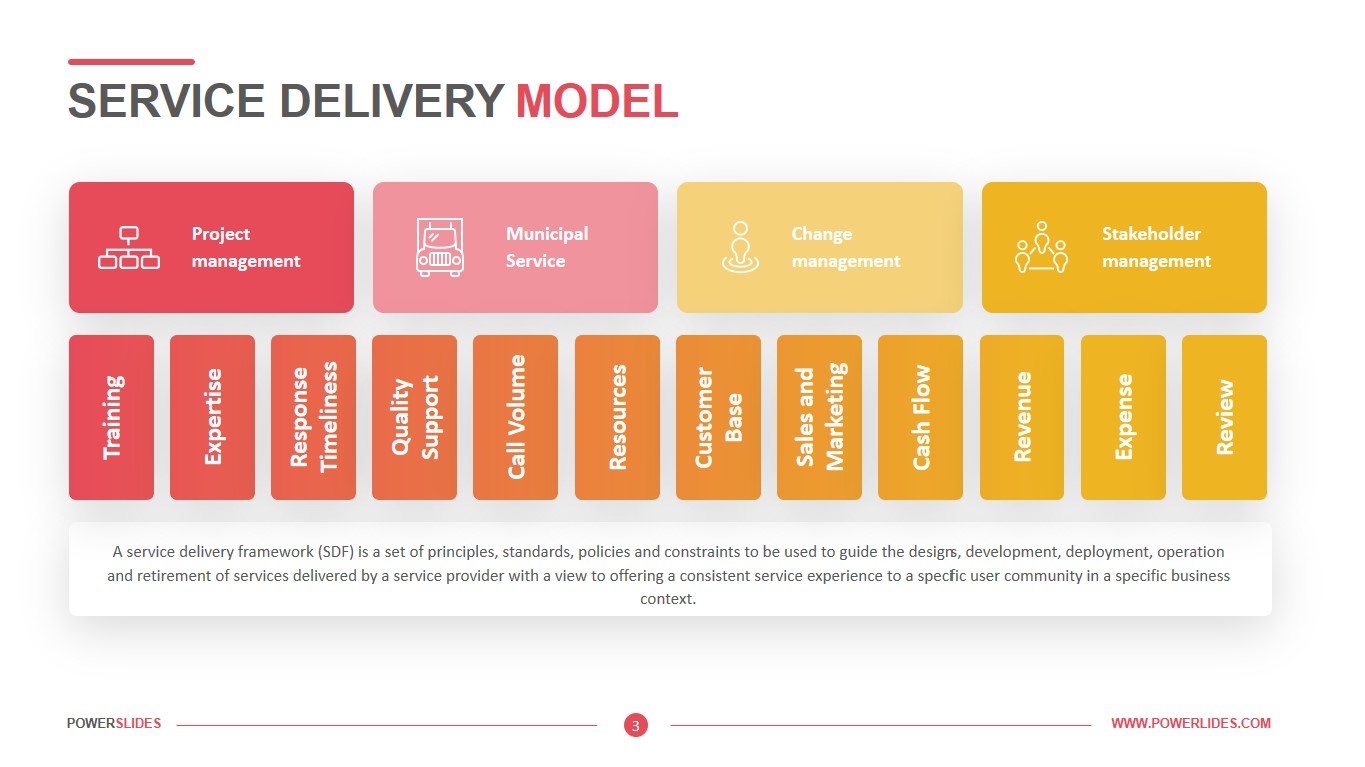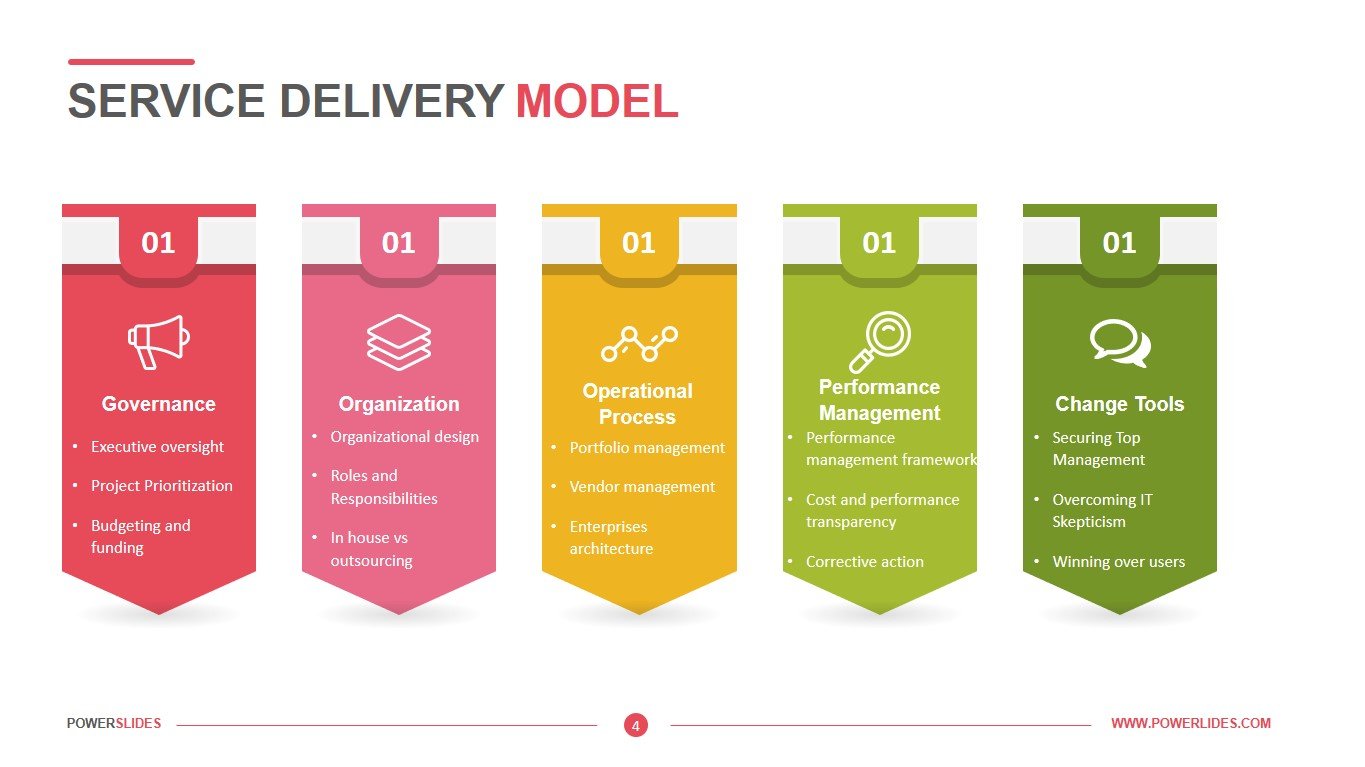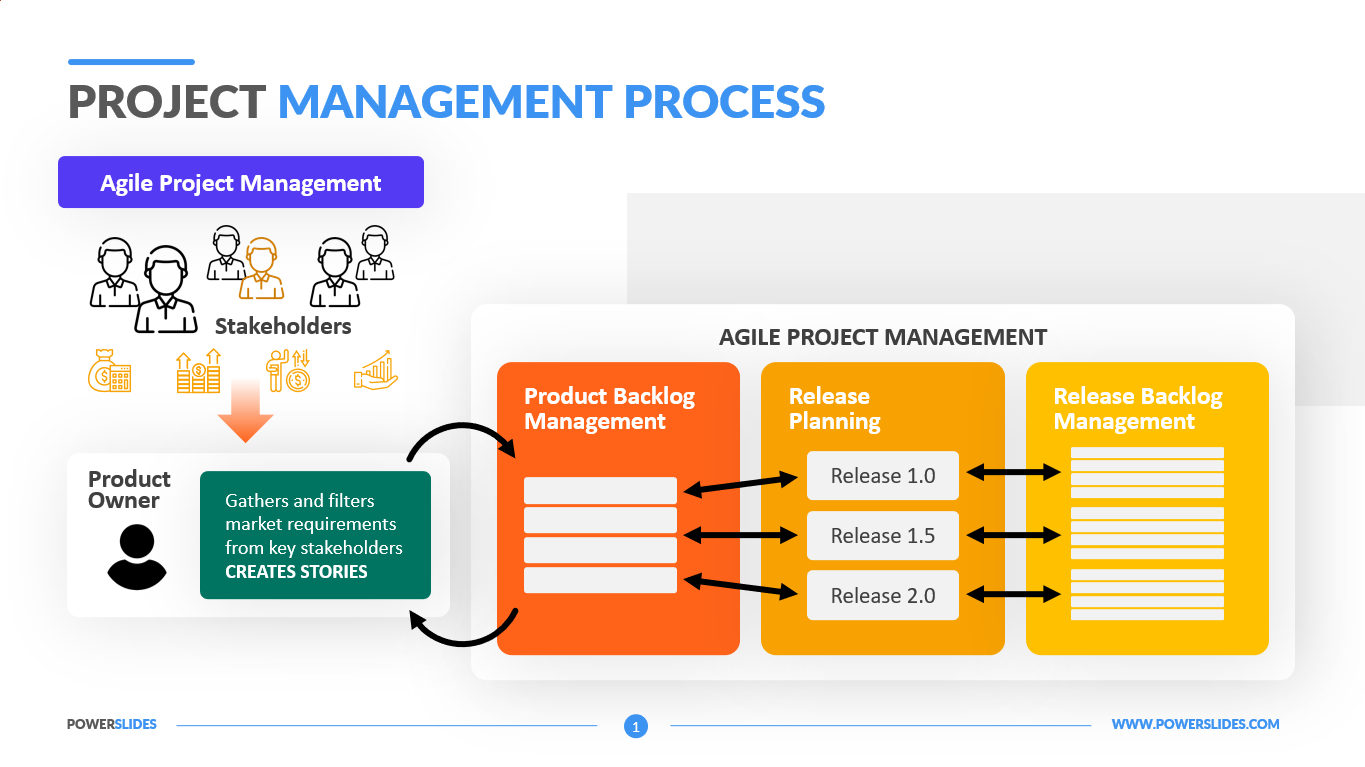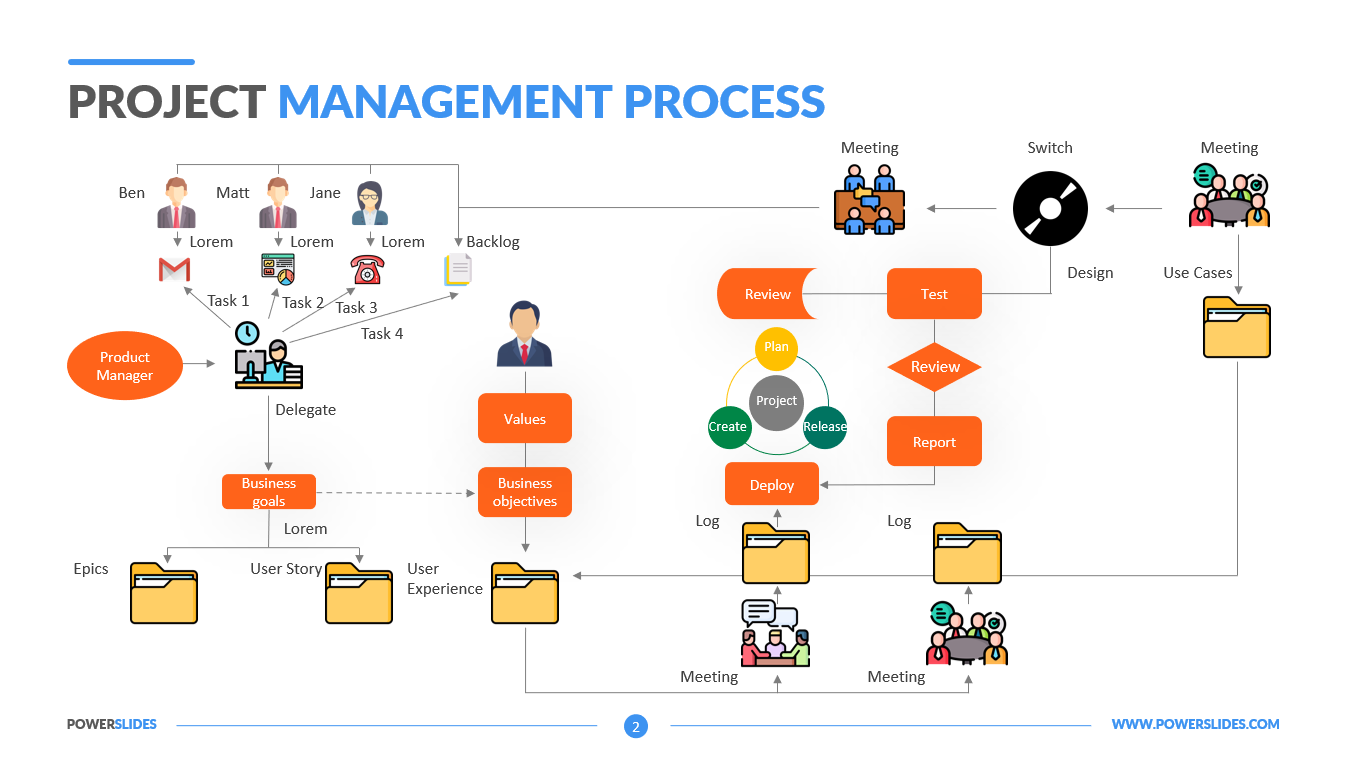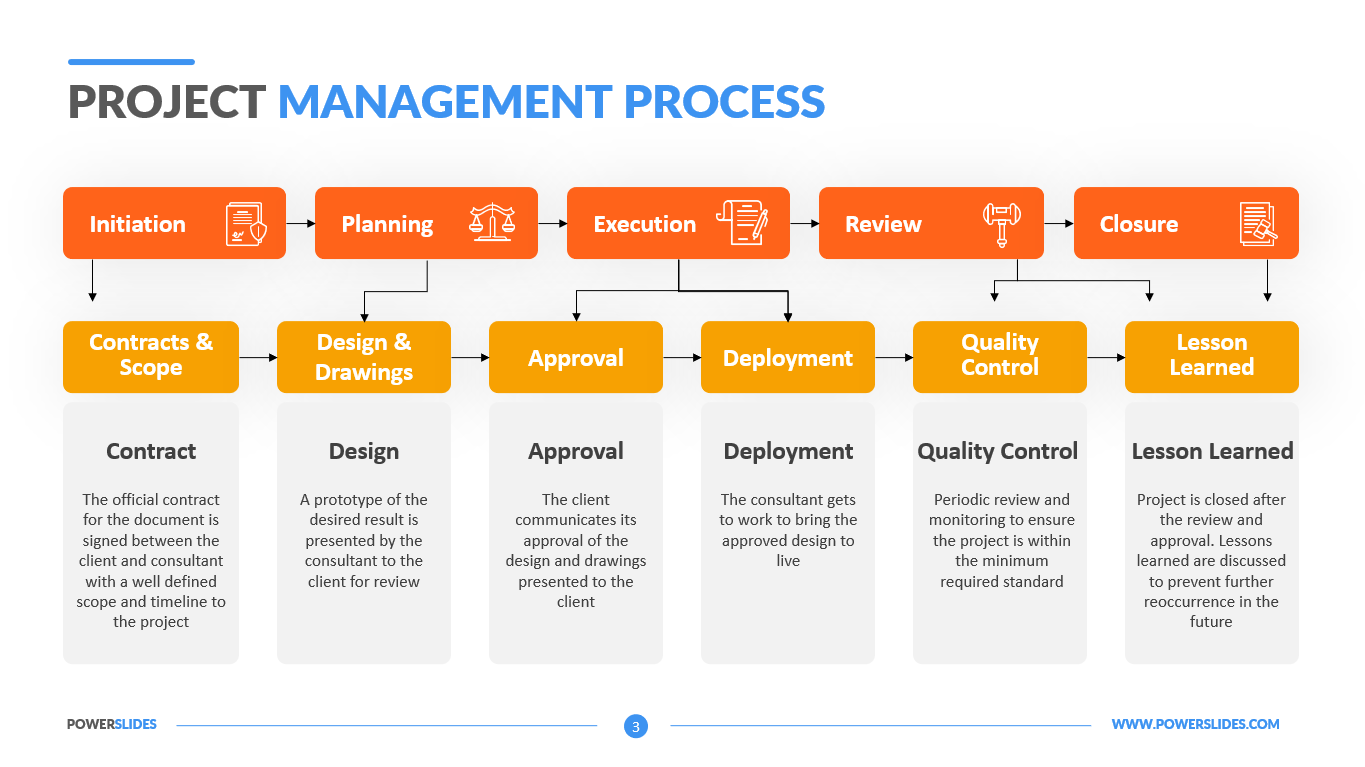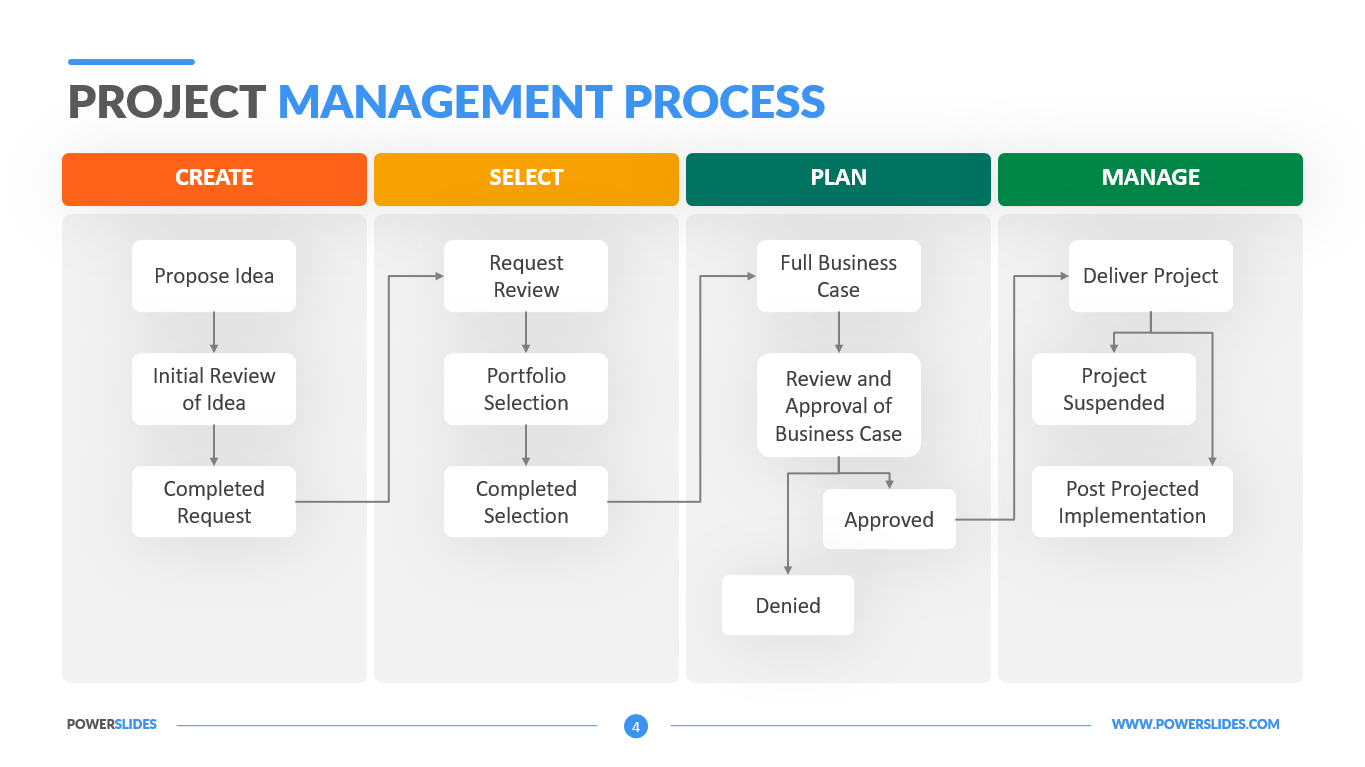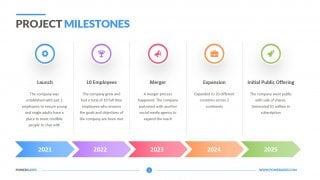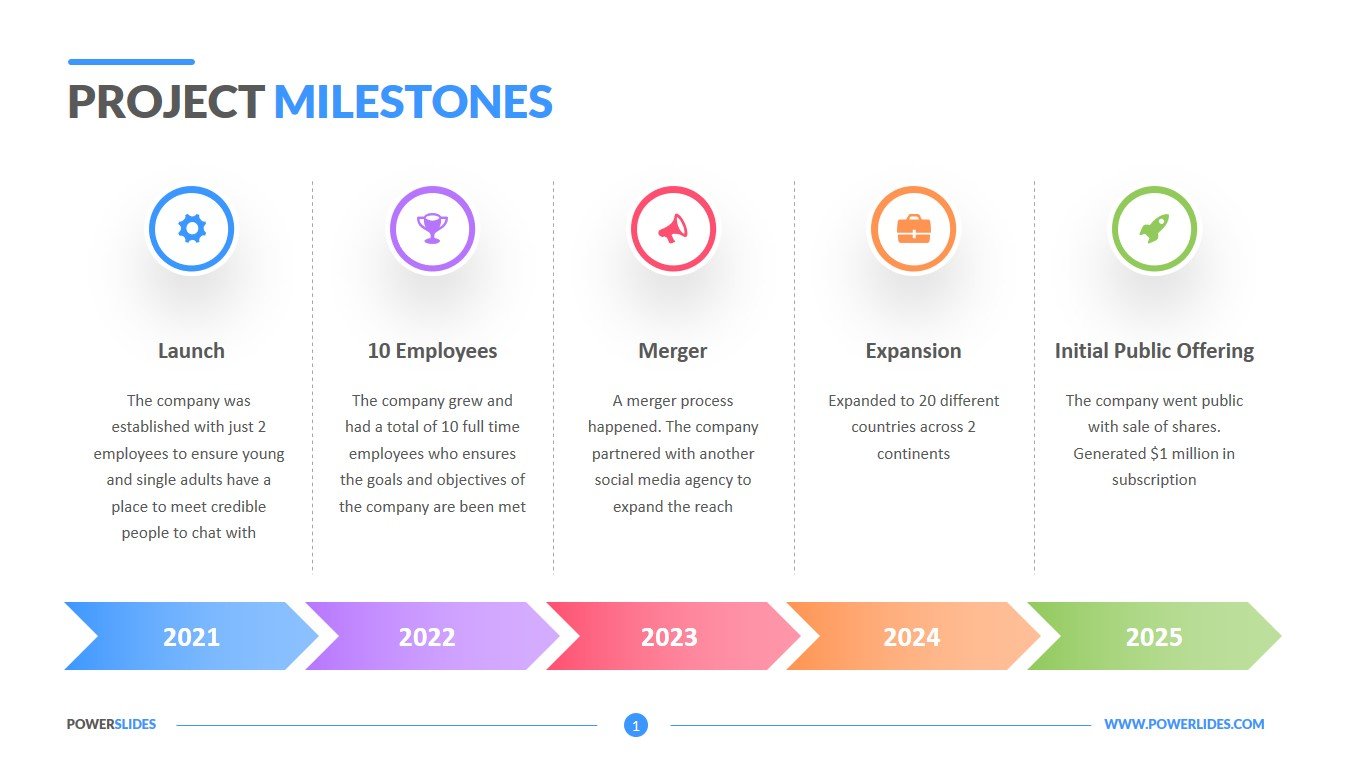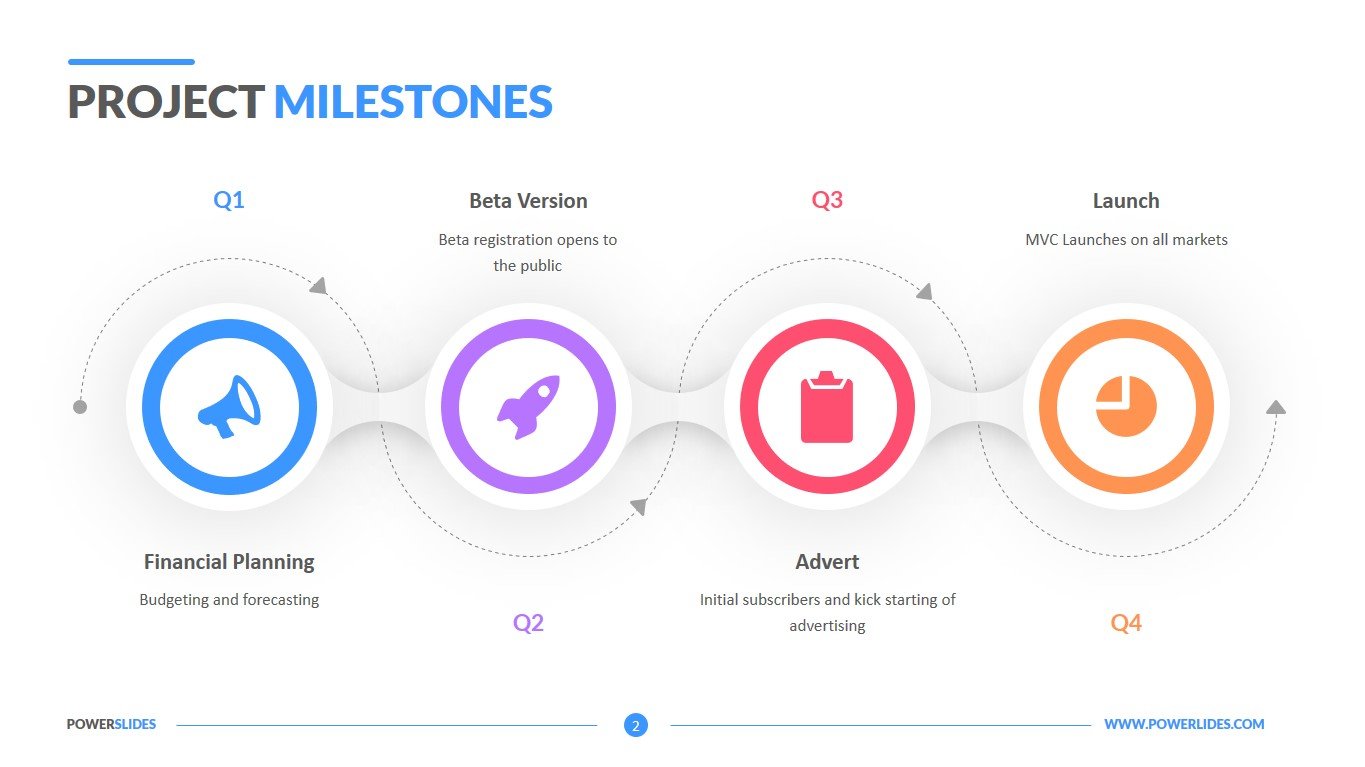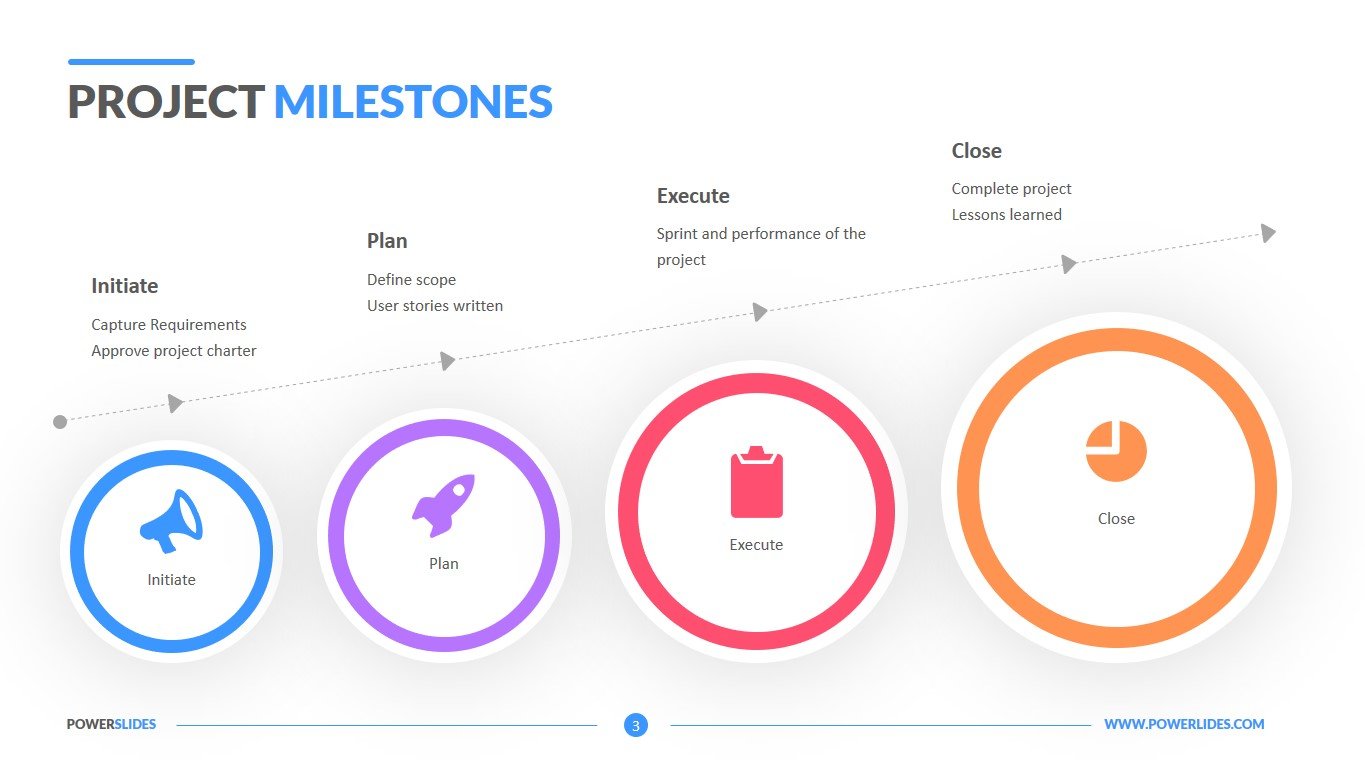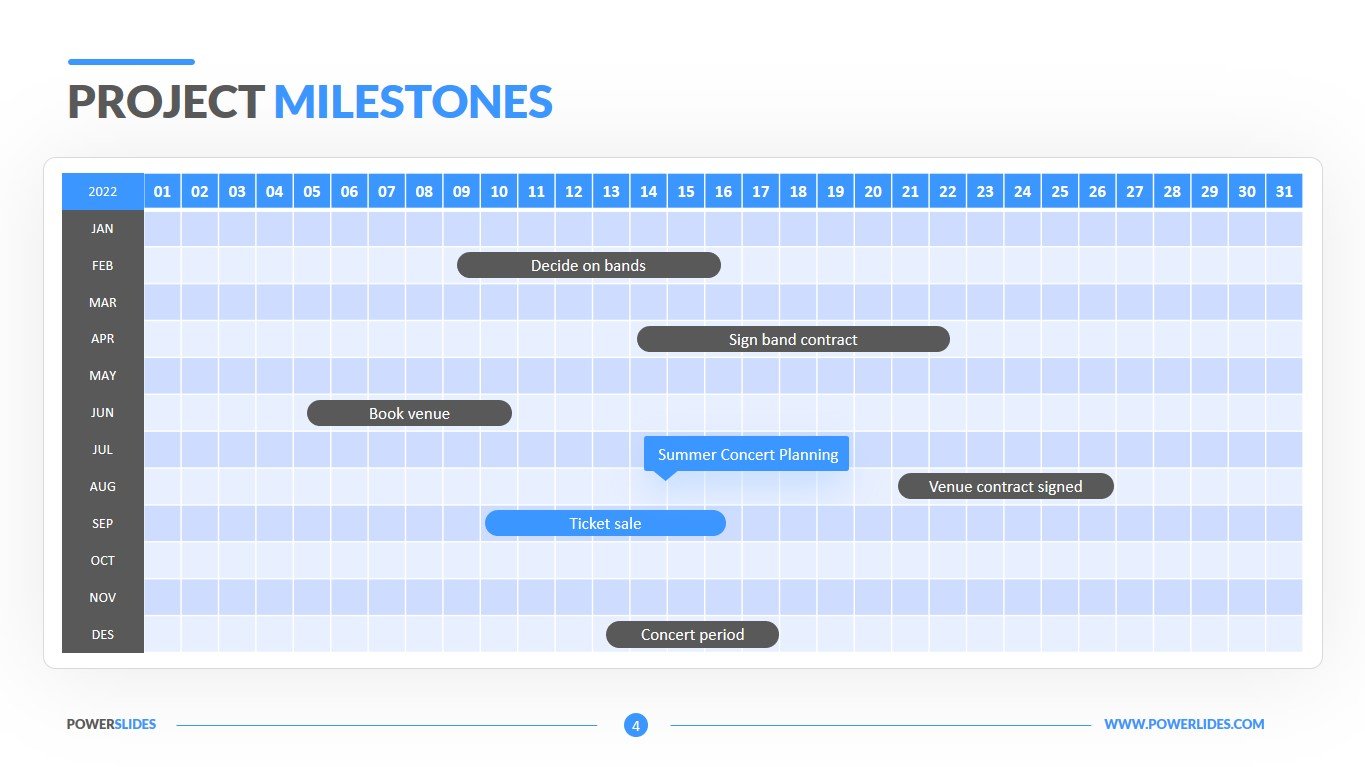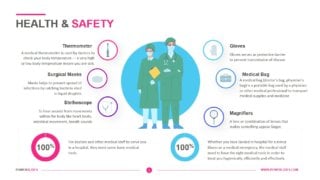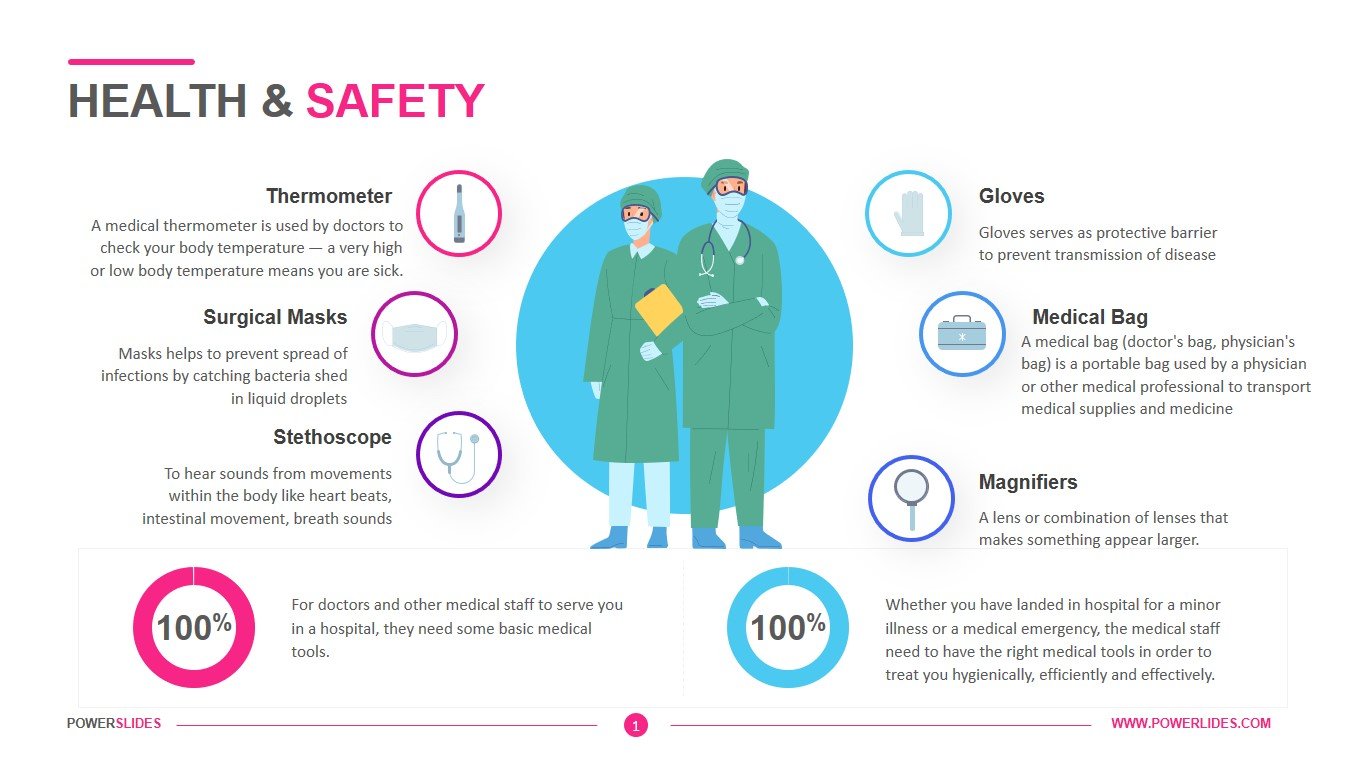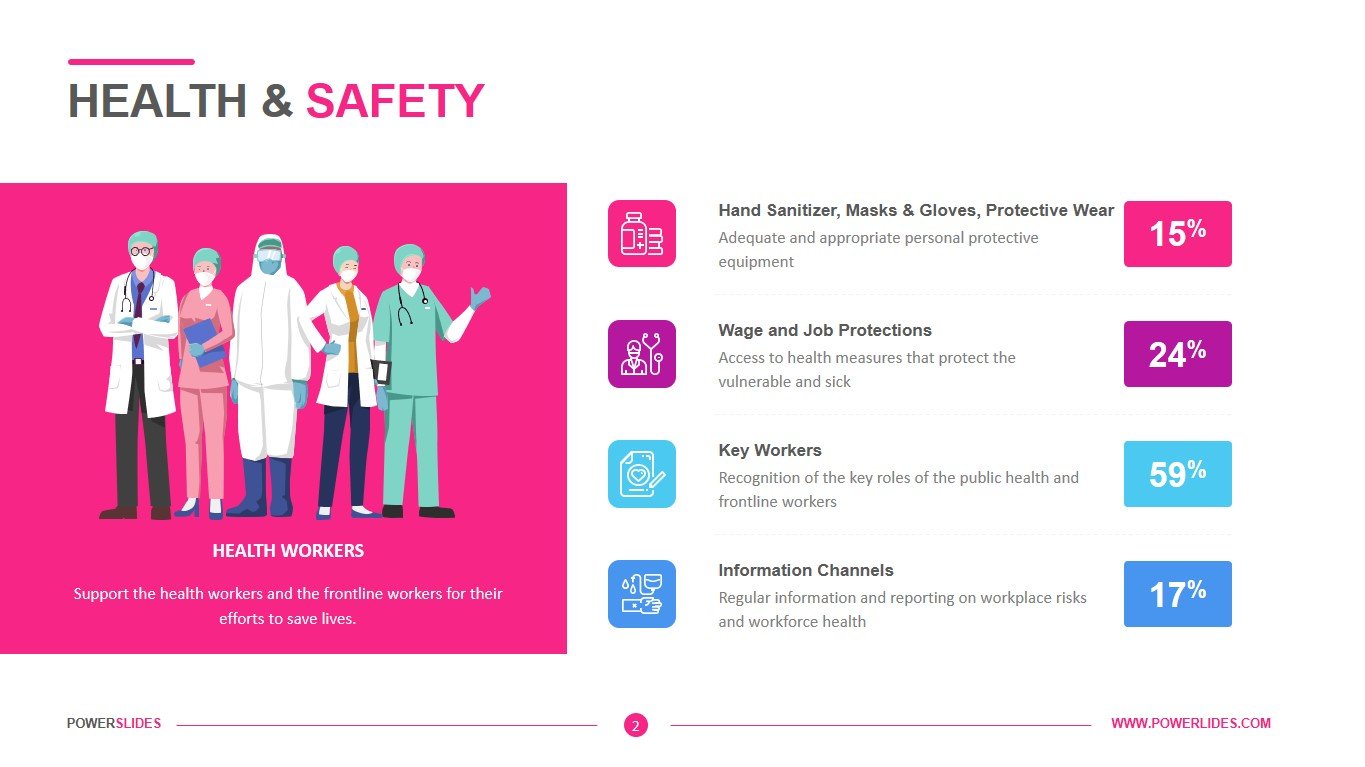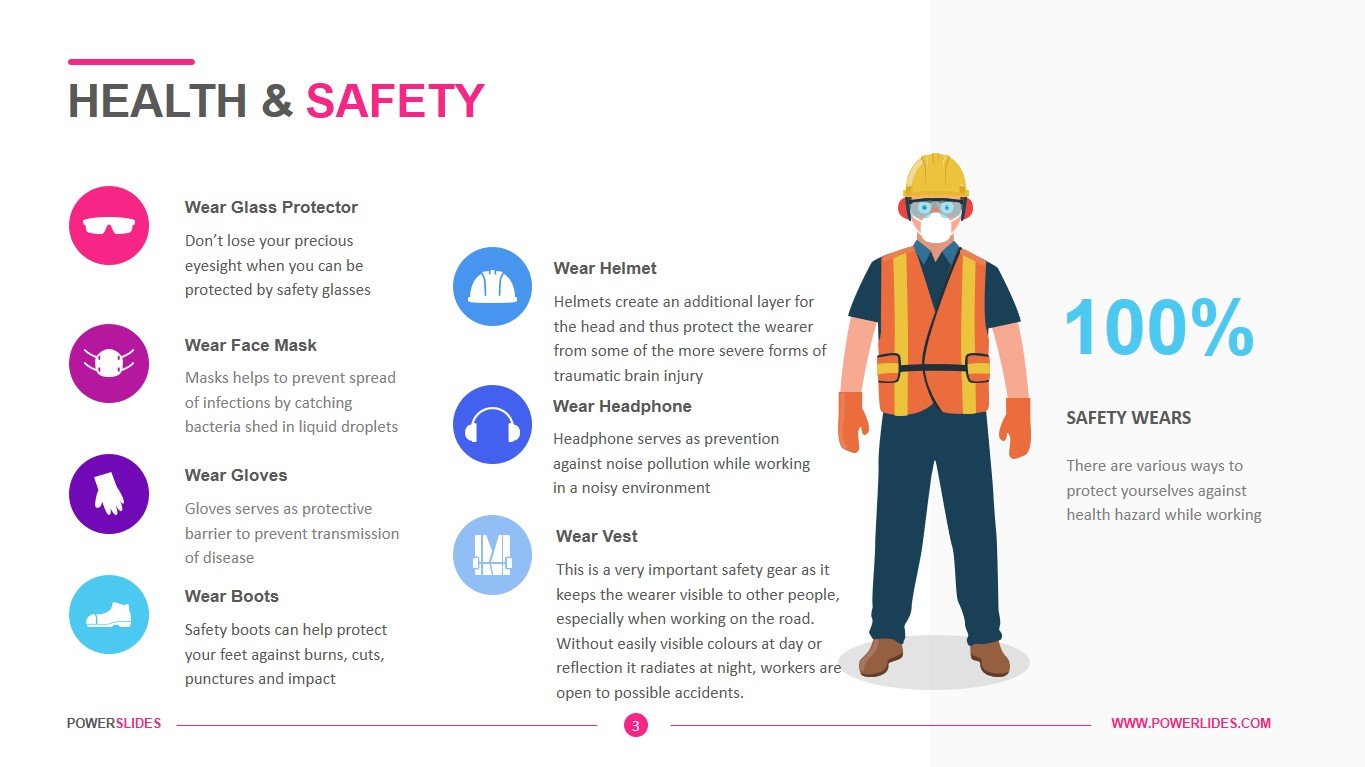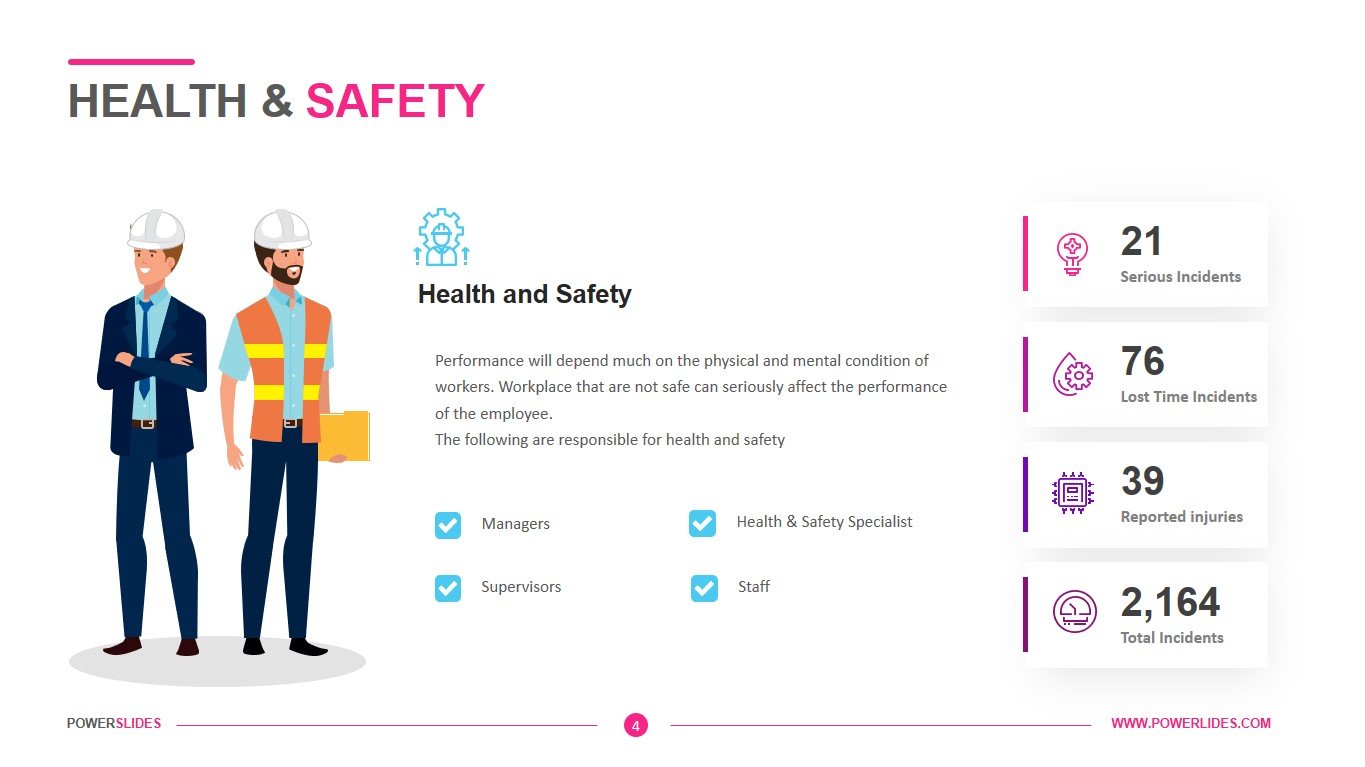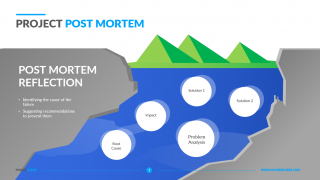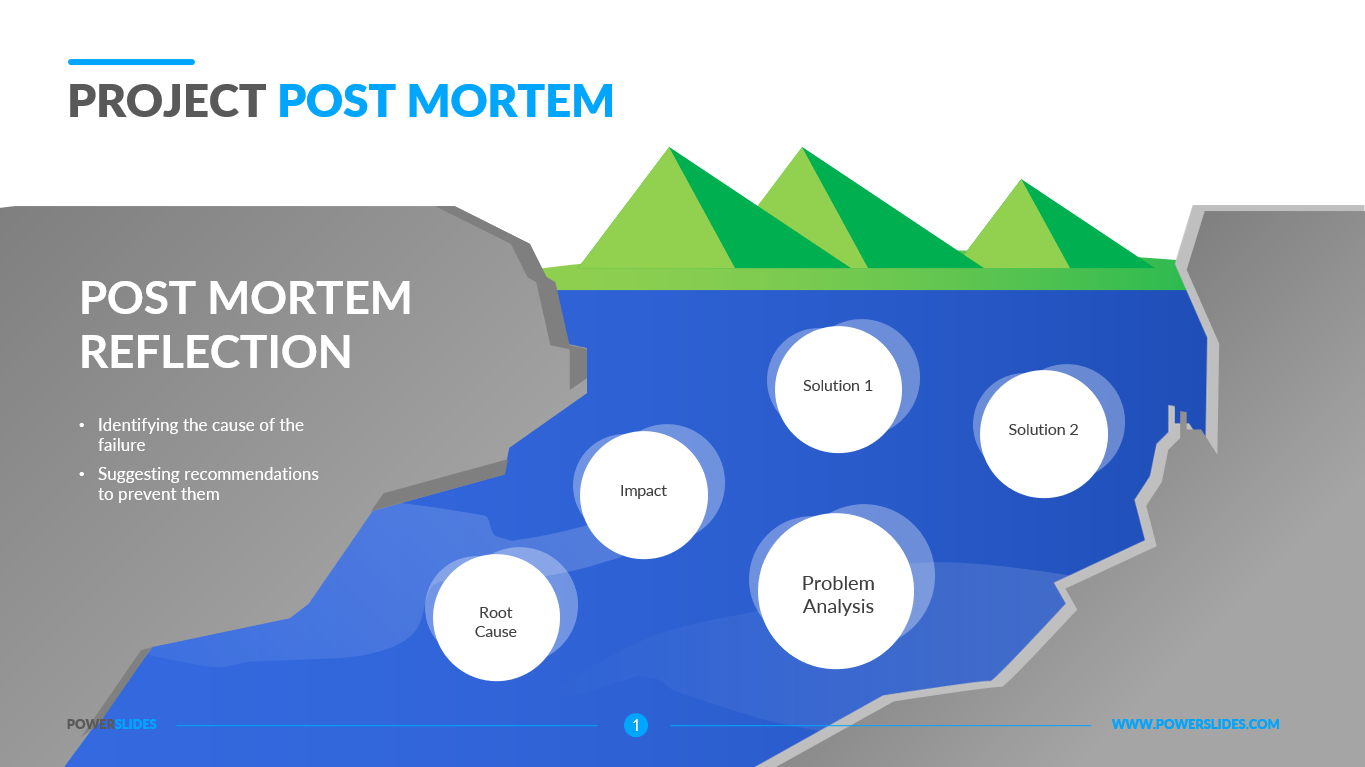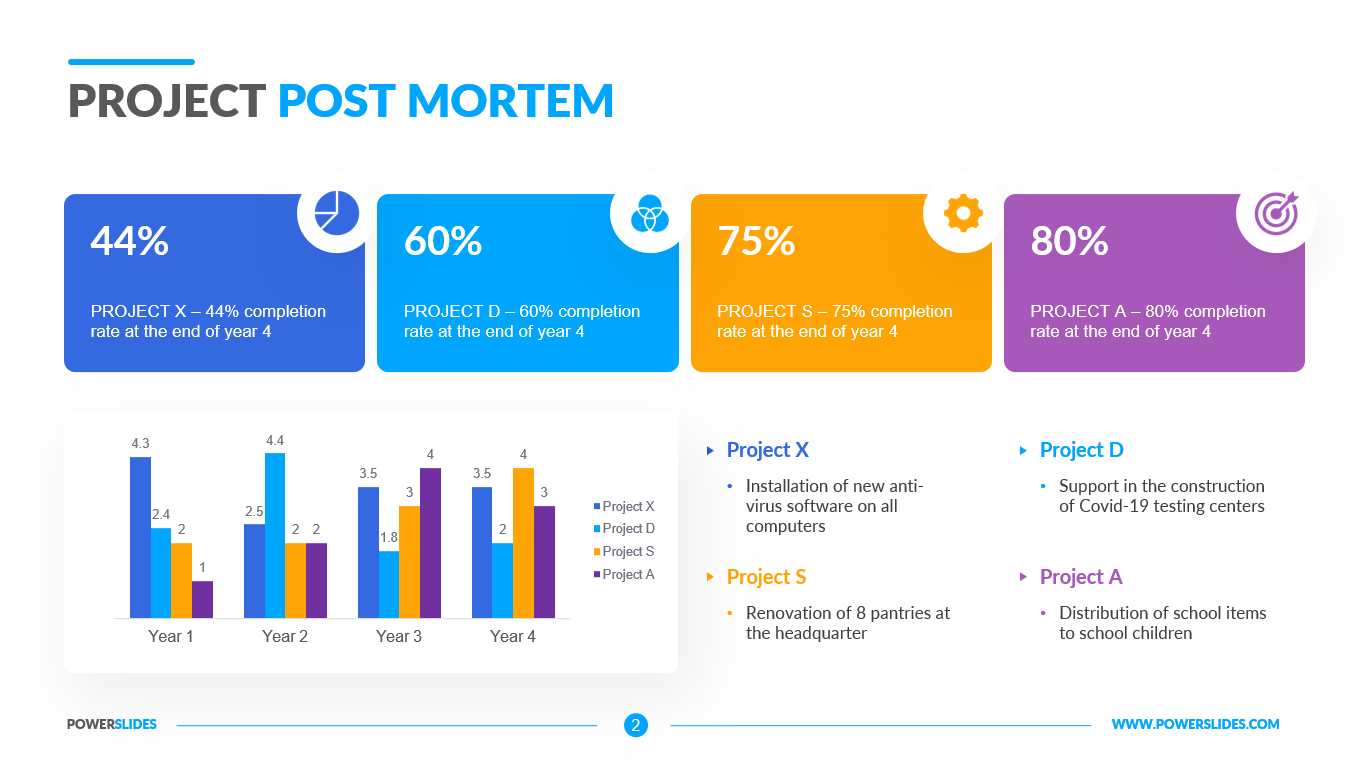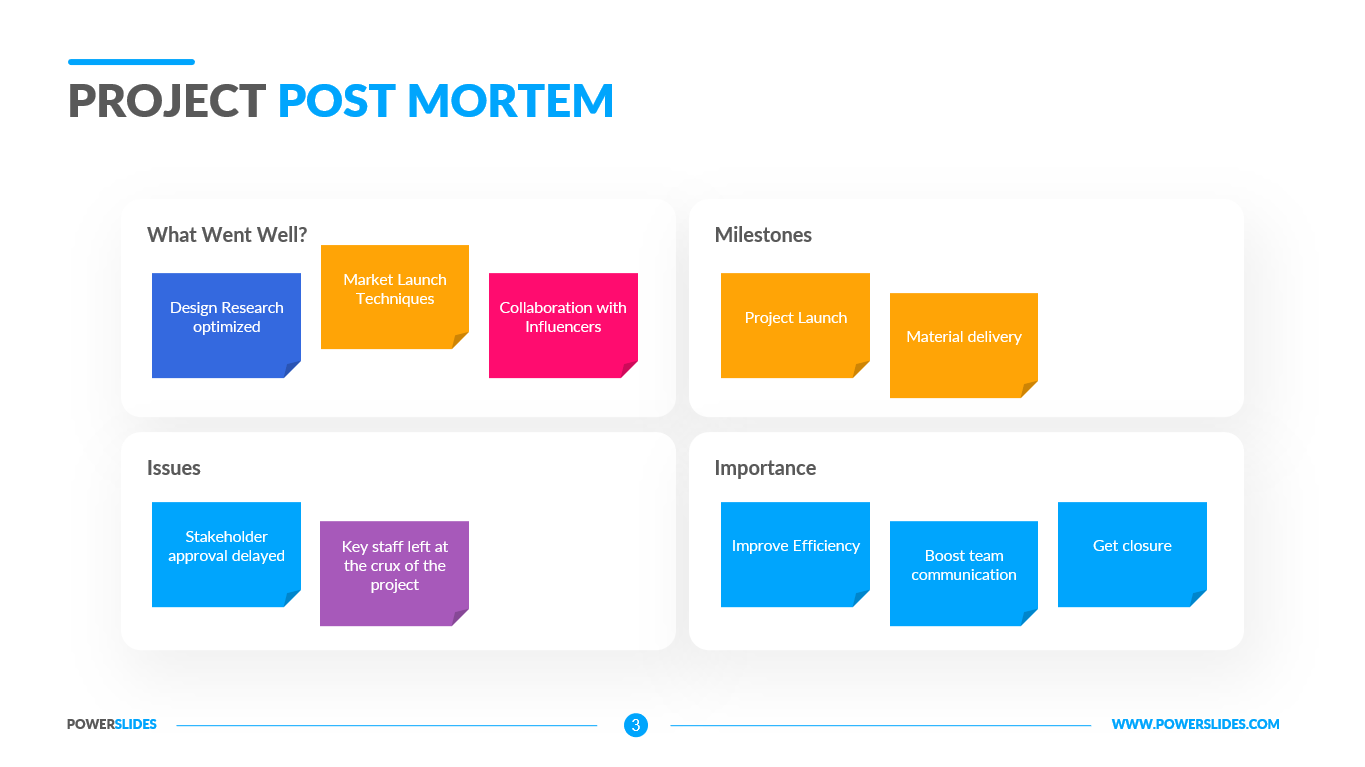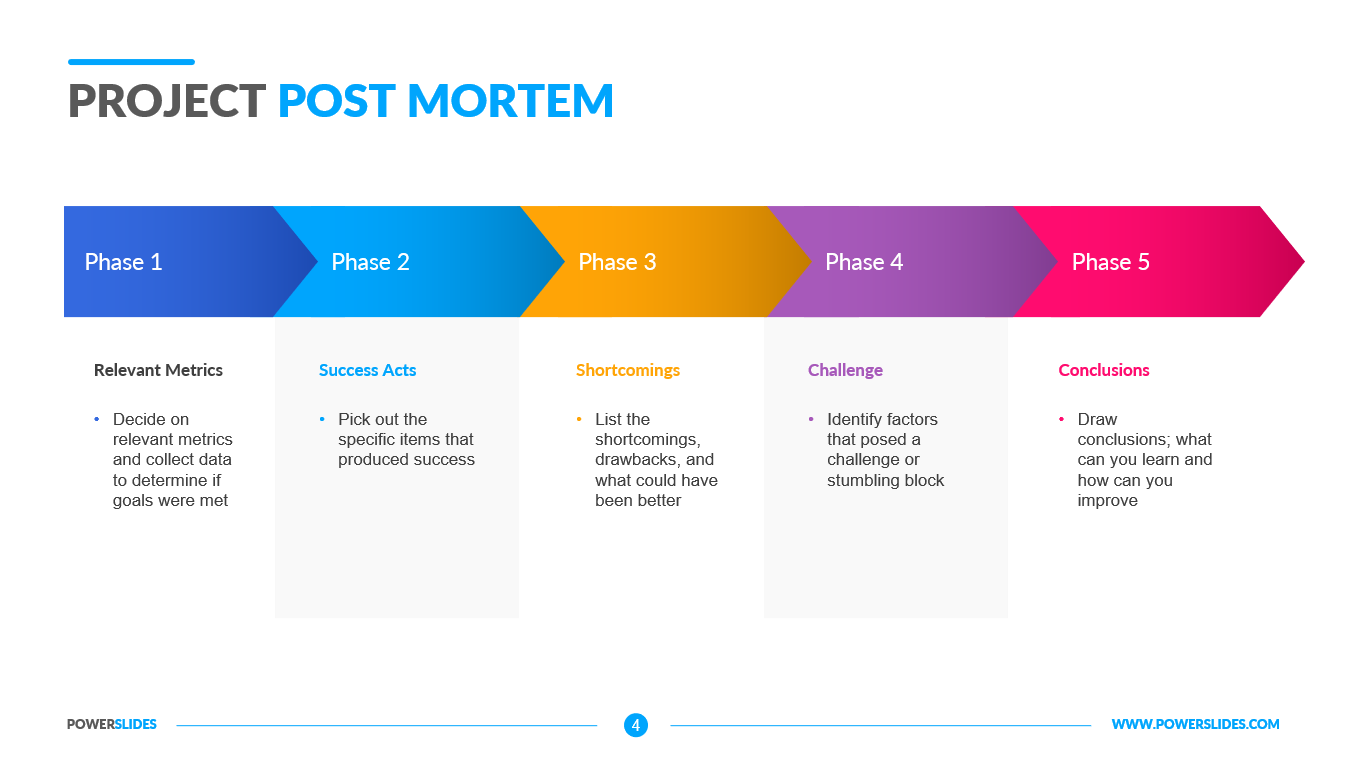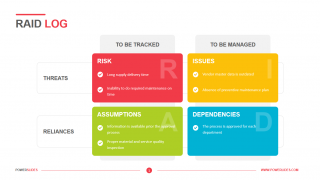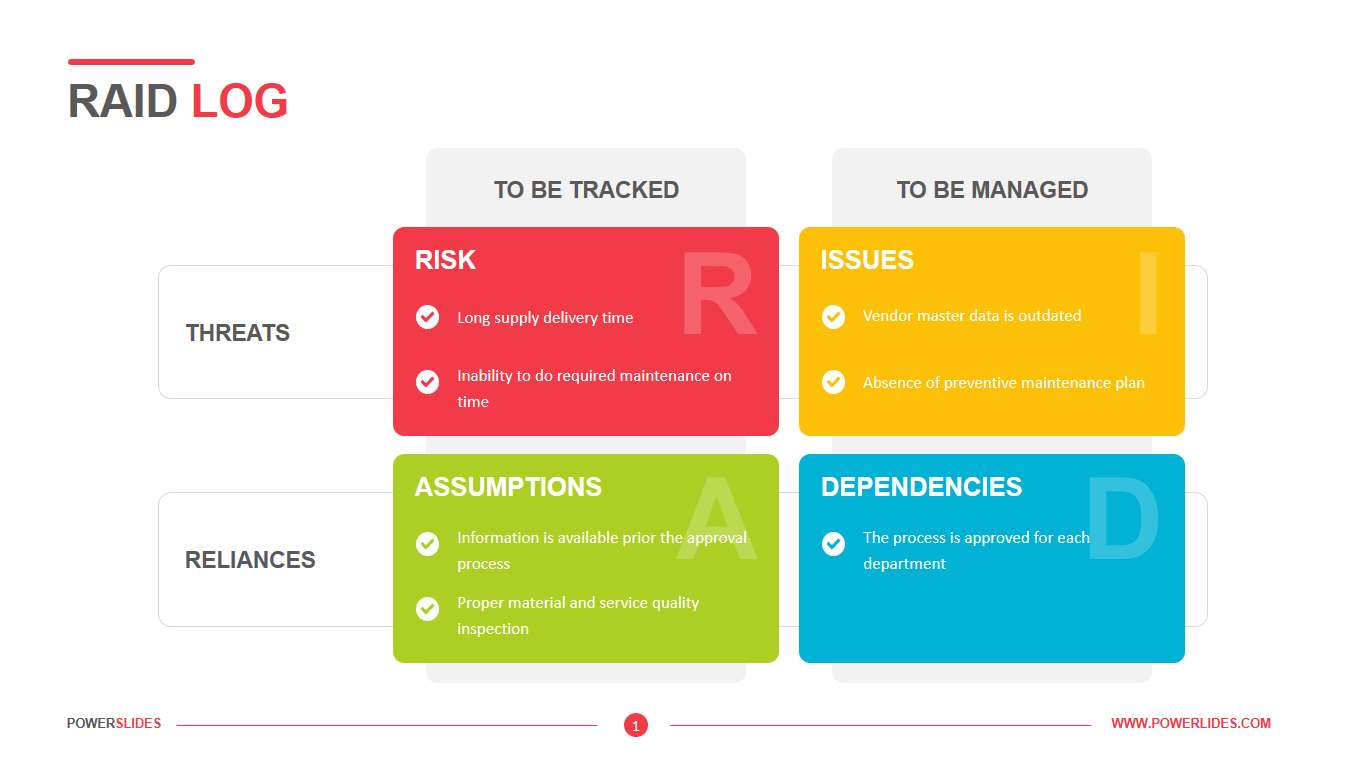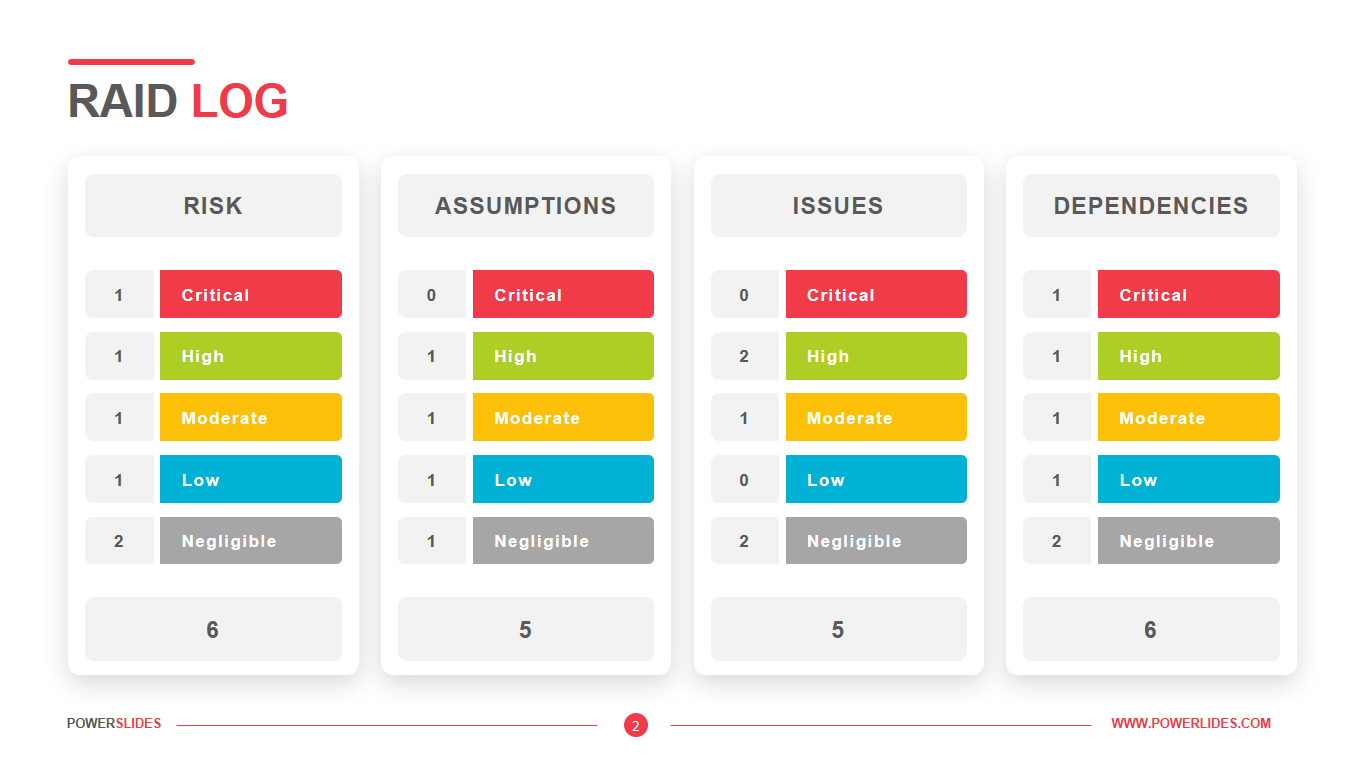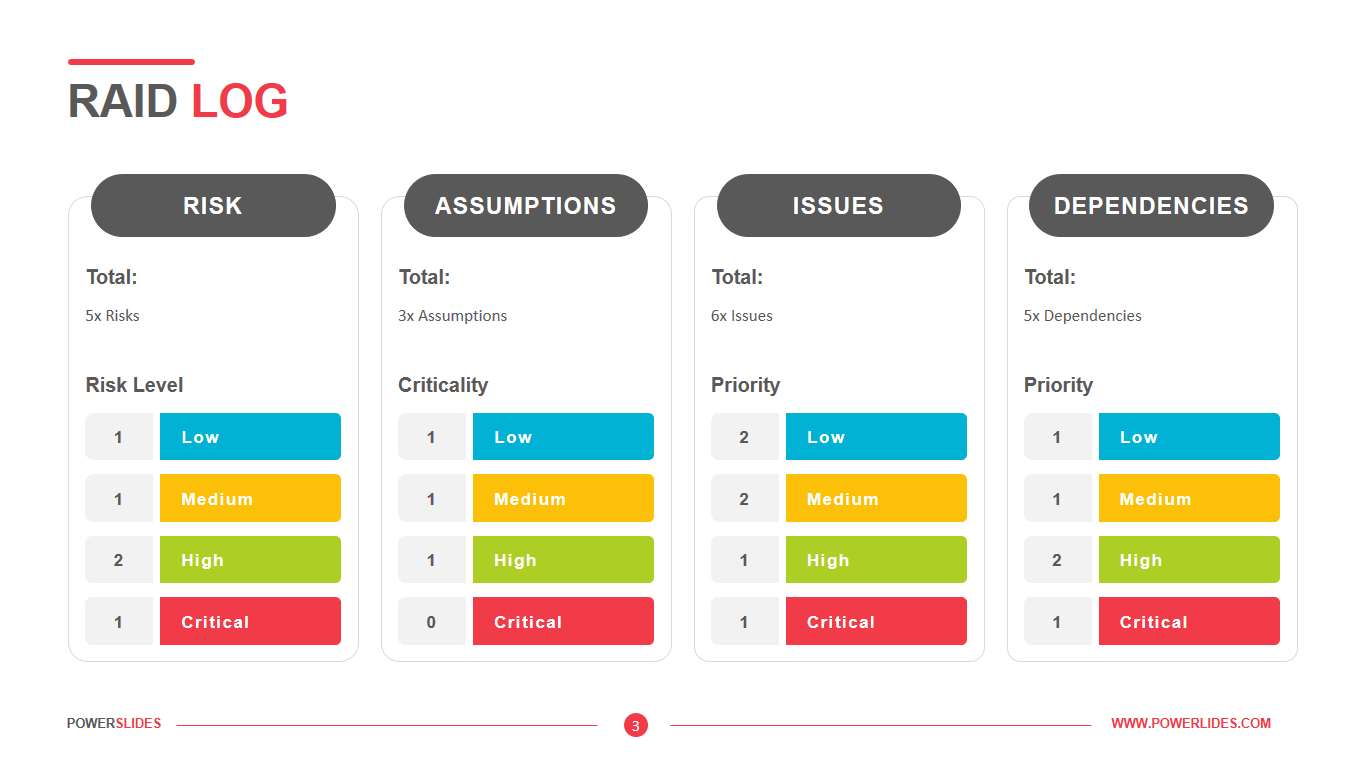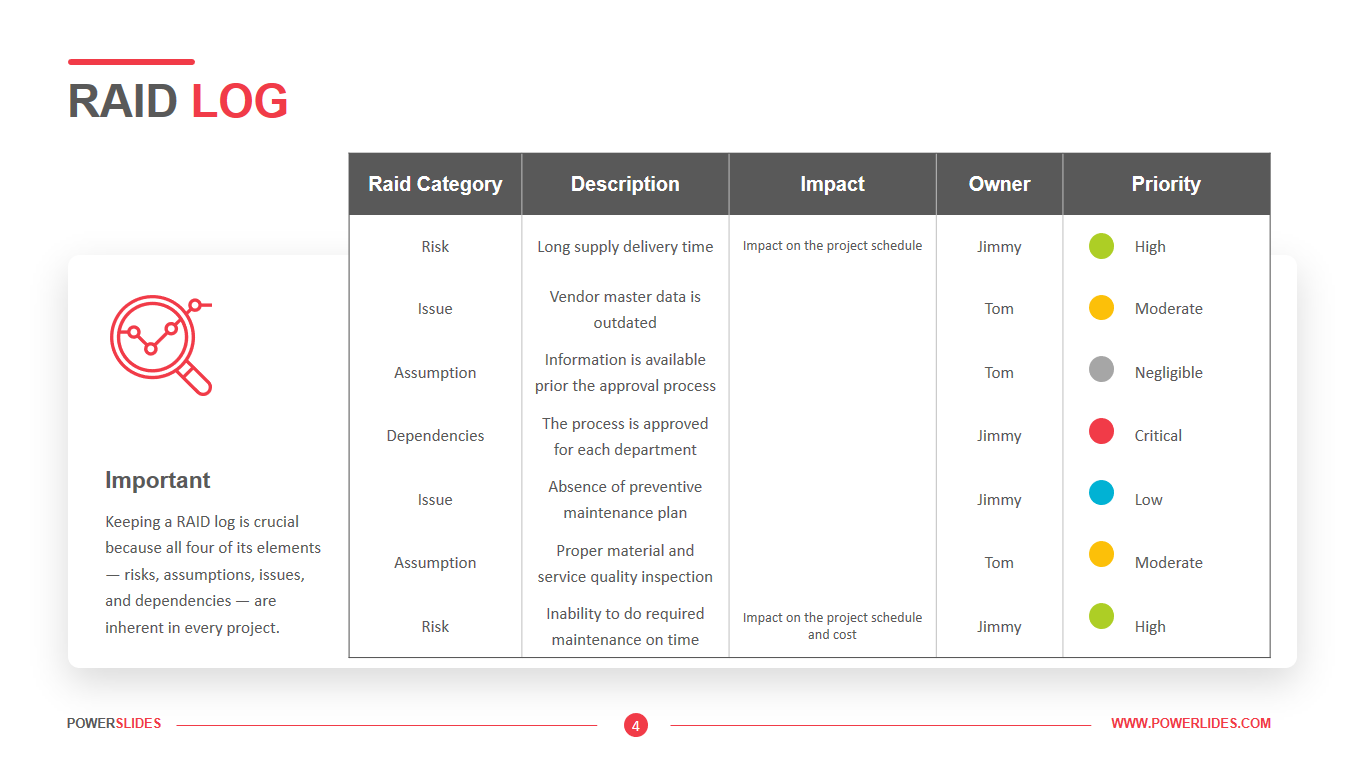Knowledge Transfer
 8 Slides
8 Slides
 File size: 16:9
File size: 16:9 
 Fonts: Lato Black, Calibri
Fonts: Lato Black, Calibri
 Supported version
PPT 2010, PPT 2013, PPT 2016
Supported version
PPT 2010, PPT 2013, PPT 2016
Product details
Have you ever come up with a great idea, just to struggle to figure out how to put it down on paper? When it comes to innovation and problem solving, it can be hard to convert abstract concepts into an actual game plan. Beyond that, you need to figure out a way to apply that idea to the task at hand. Sharing knowledge is tricky because it involves quantifying and qualifying knowledge that exists in the mind. A knowledge transfer system helps you translate that knowledge into words, visuals, and processes that can then be shared with your team. The application of knowledge transfer to your business rings in many other benefits as well, including: improved company culture, improved quality of service, faster business processes, increased efficiency, and better use of business technology and resources. In fact, one source found that businesses that implemented a knowledge transfer system saw a 50% rise in sales while experiencing a decrease in the cost of training. The knowledge transfer process consists of five main stages. In the first step, you define and gain knowledge. It can be brainstorming, learning new skills, expert help. The second stage includes the collection and storage of knowledge. Here you can use visual effects and videos, reports, knowledge portals and CRM systems. The next stage is the transfer and exchange of knowledge. It is necessary to create a knowledge transfer plan, which will include a knowledge exchange process, a document management system, means of communication, identification of responsible persons. The fourth stage is the application of knowledge about the evaluation of results. Whether the results are good, bad, or satisfactory, this should also be written down and then communicated to the appropriate people. The last stage is the creation of new knowledge. If you want your business to grow, you need to create an environment that encourages the continuous pursuit of knowledge.
The first slide of the template provides an opportunity to describe all five stages of knowledge transfer. This slide can be used by HR staff. For example, you can use this slide to prepare an action plan in the event of the termination of a key person in your company. The next slide is presented as a stylized infographic. The use of labels in the design of this presentation immediately grabs the audience’s attention. This slide can also be used in their work by marketers and specialists of advertising agencies when preparing a strategy for promoting a new product to the market. For example, you can describe the main benefits of a specific promotion channel and indicate the percentage of audience coverage on the label. The final slides give you the opportunity to describe in more detail your steps in preparing the knowledge transfer plan.
Knowledge Transfer does not require deep knowledge of PowerPoint, and you can independently change the size and color of objects without resorting to the help of experts. Therefore, any slide in the template can be easily used with other slides from your old presentations. This template will be useful when preparing a report on a company or department merger.






